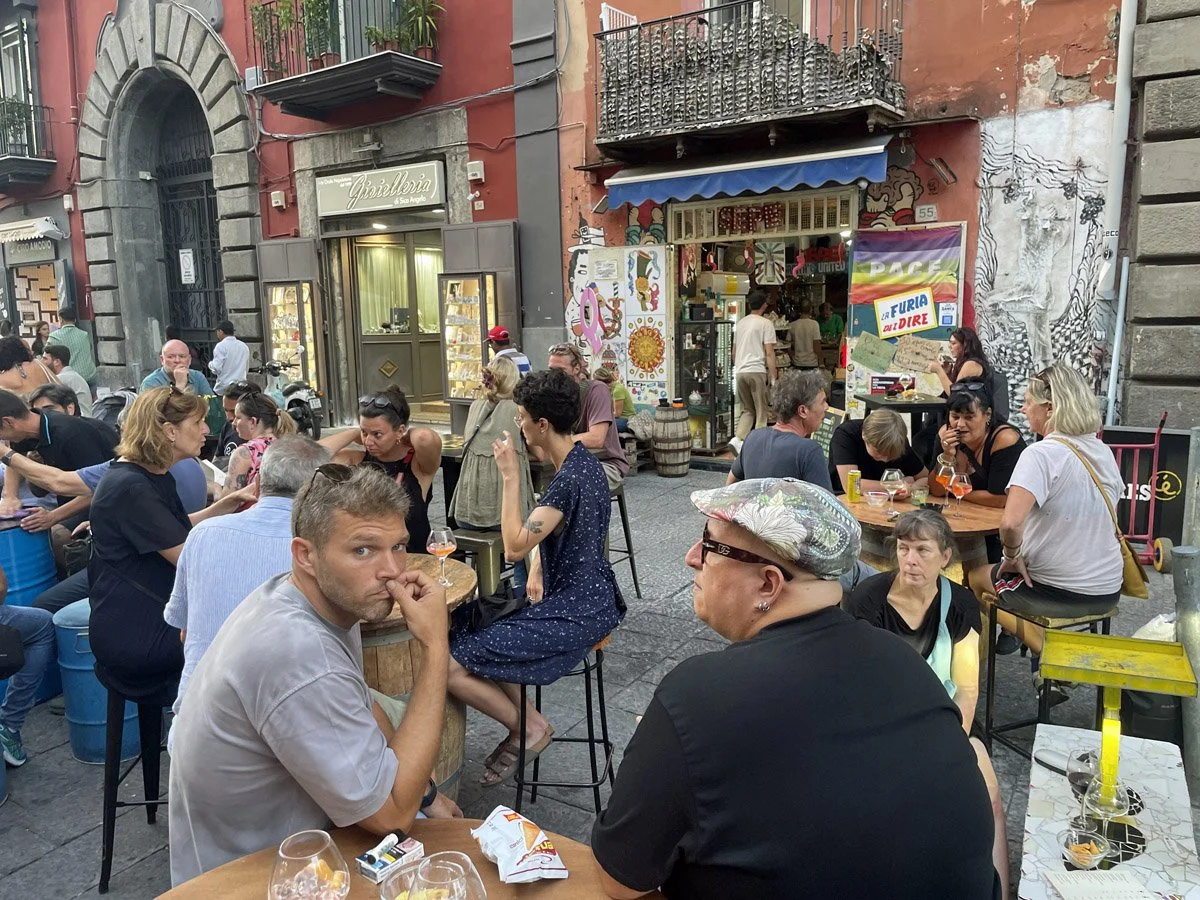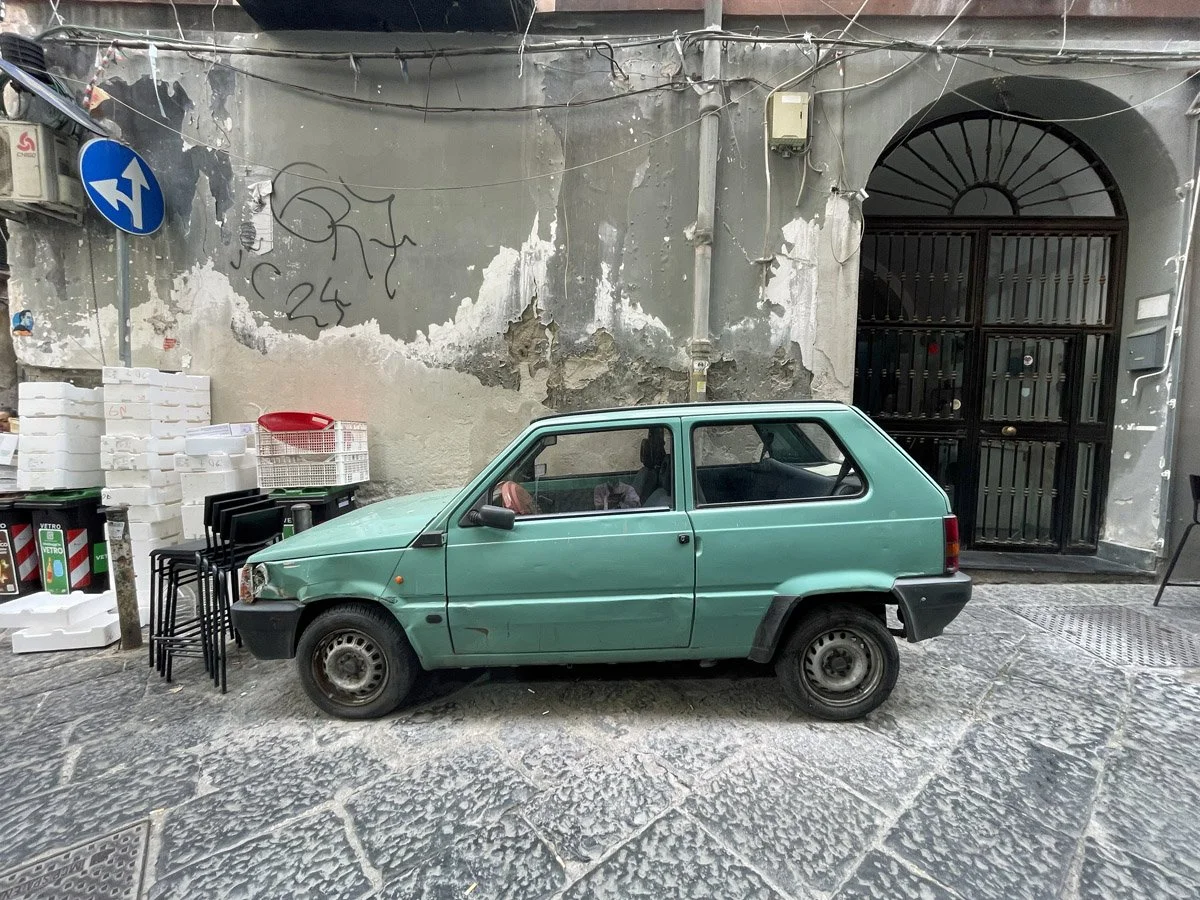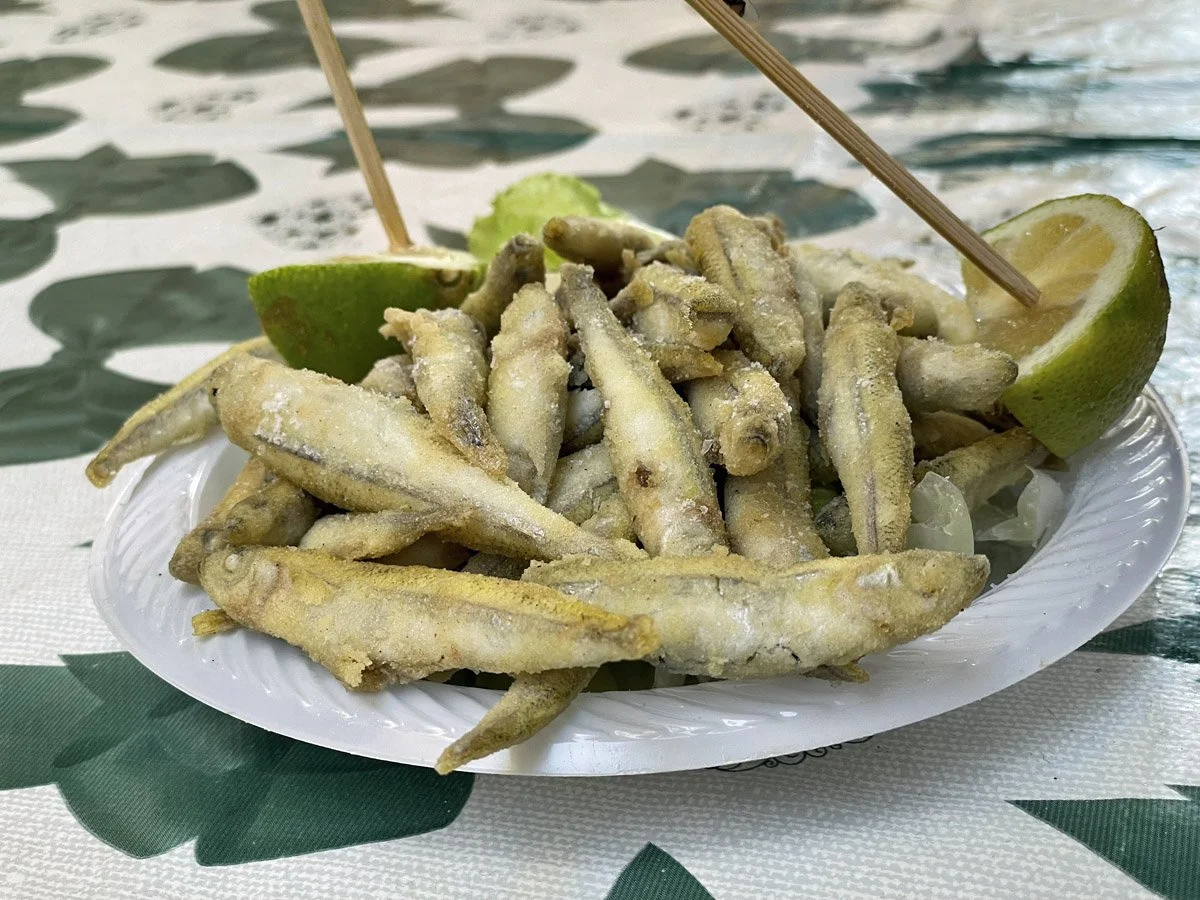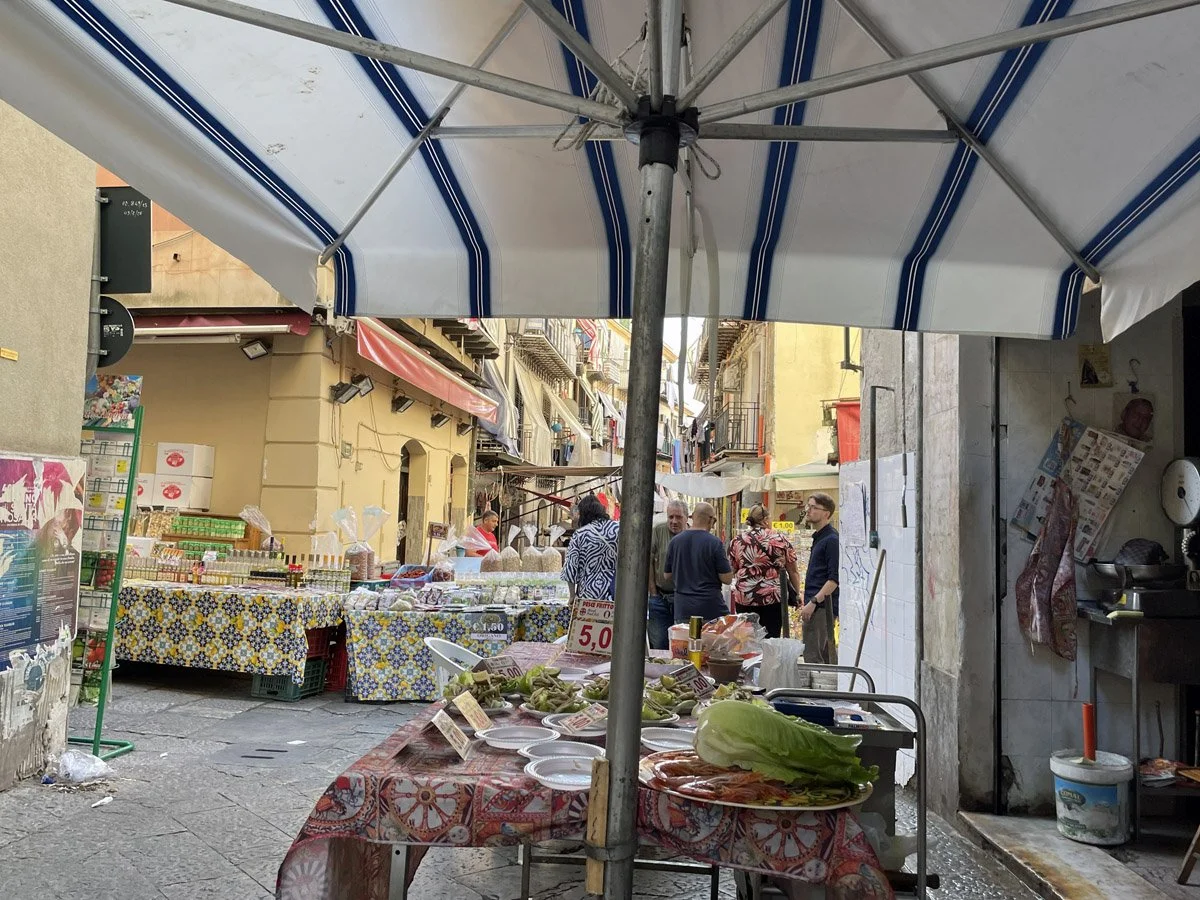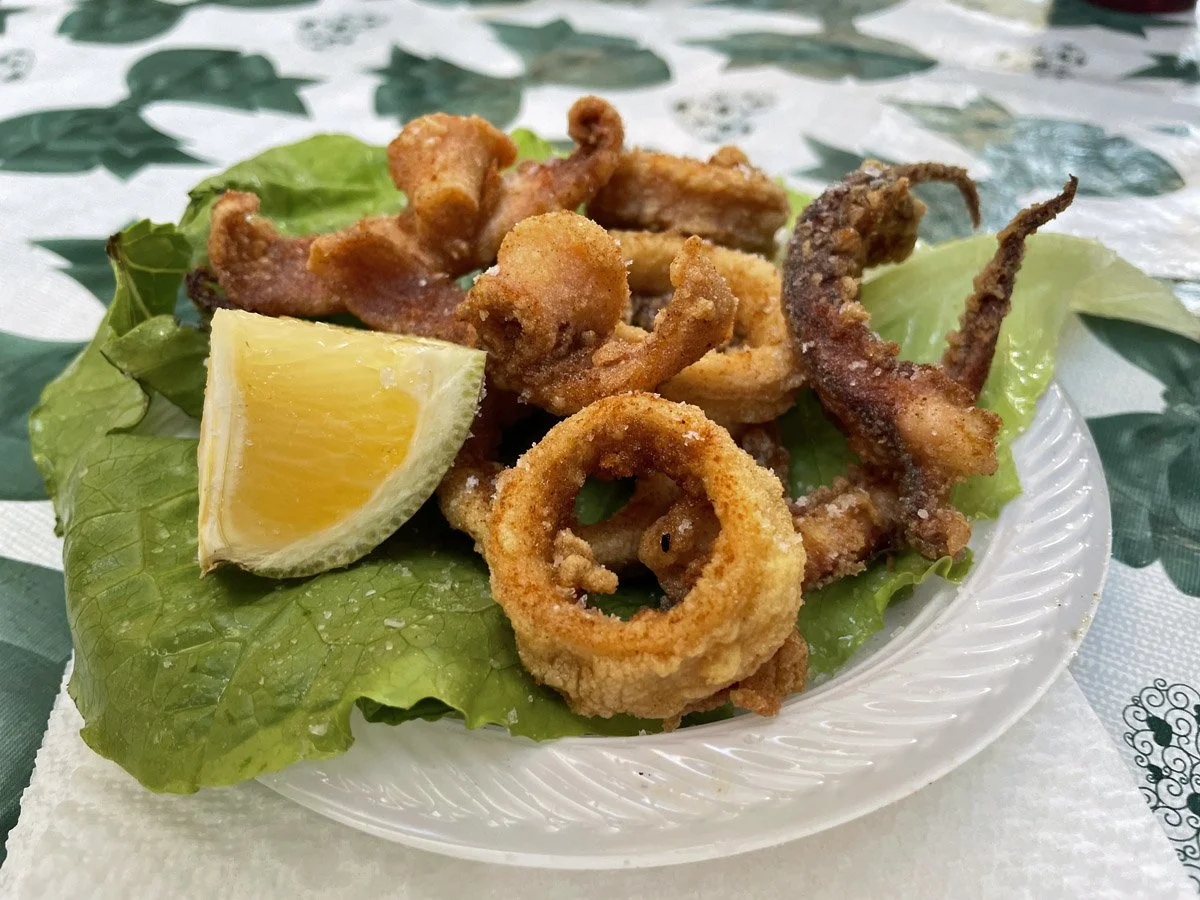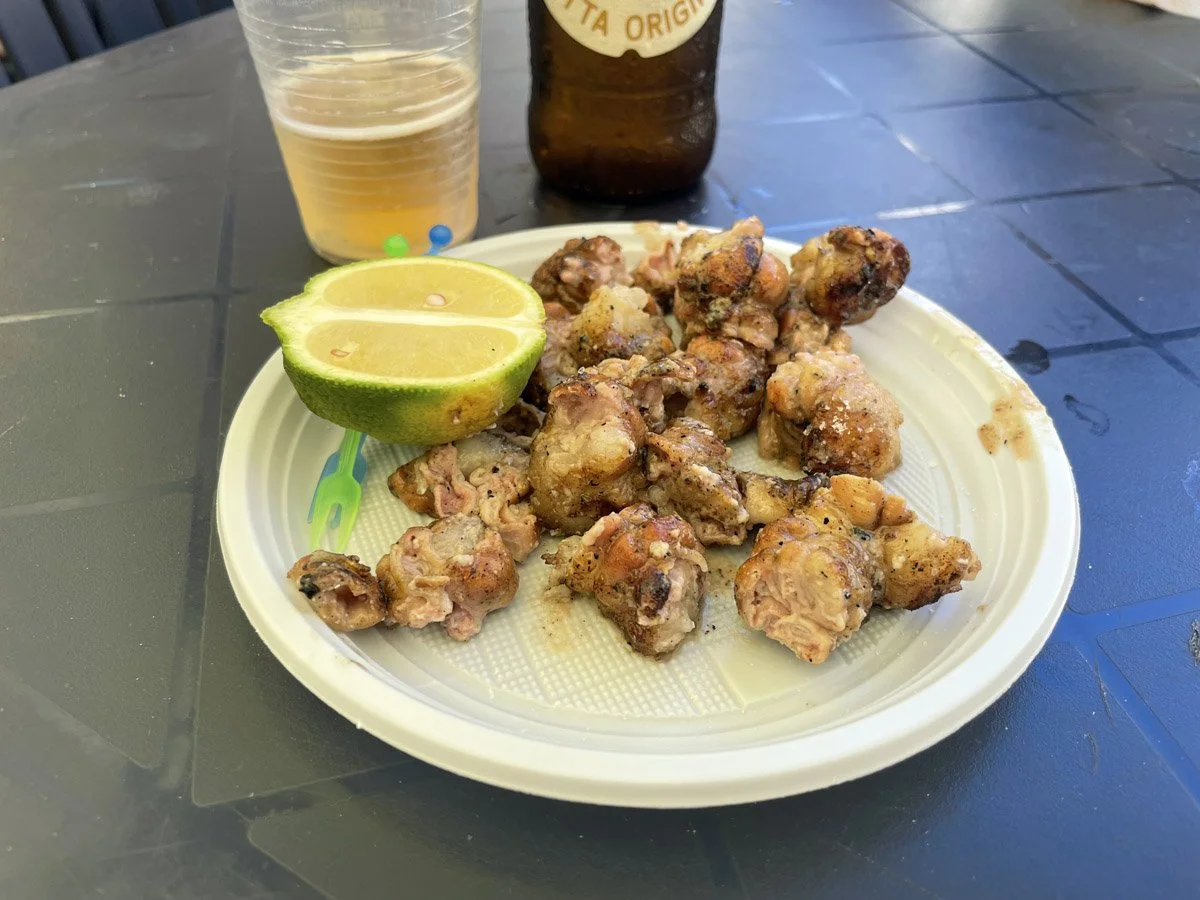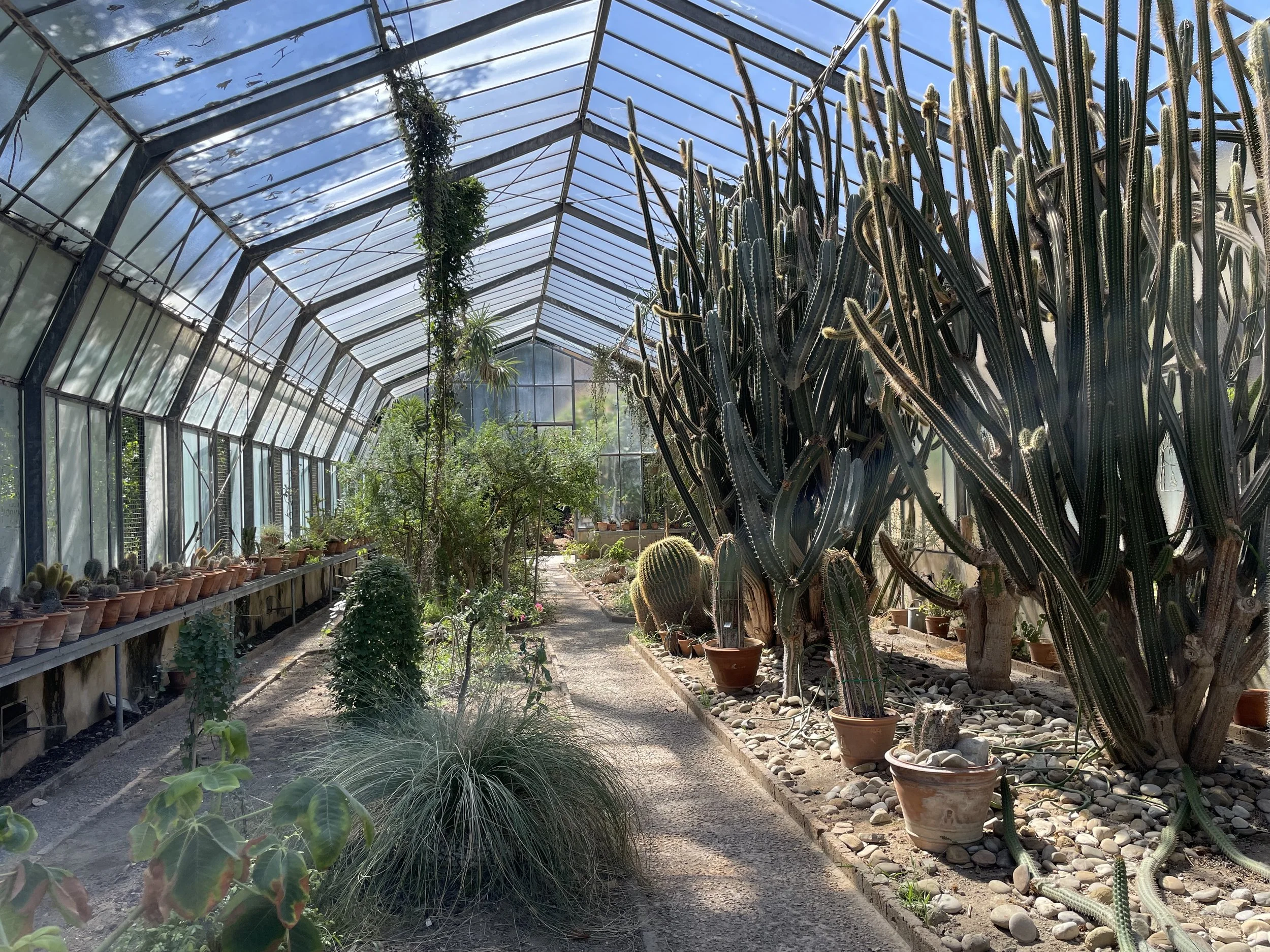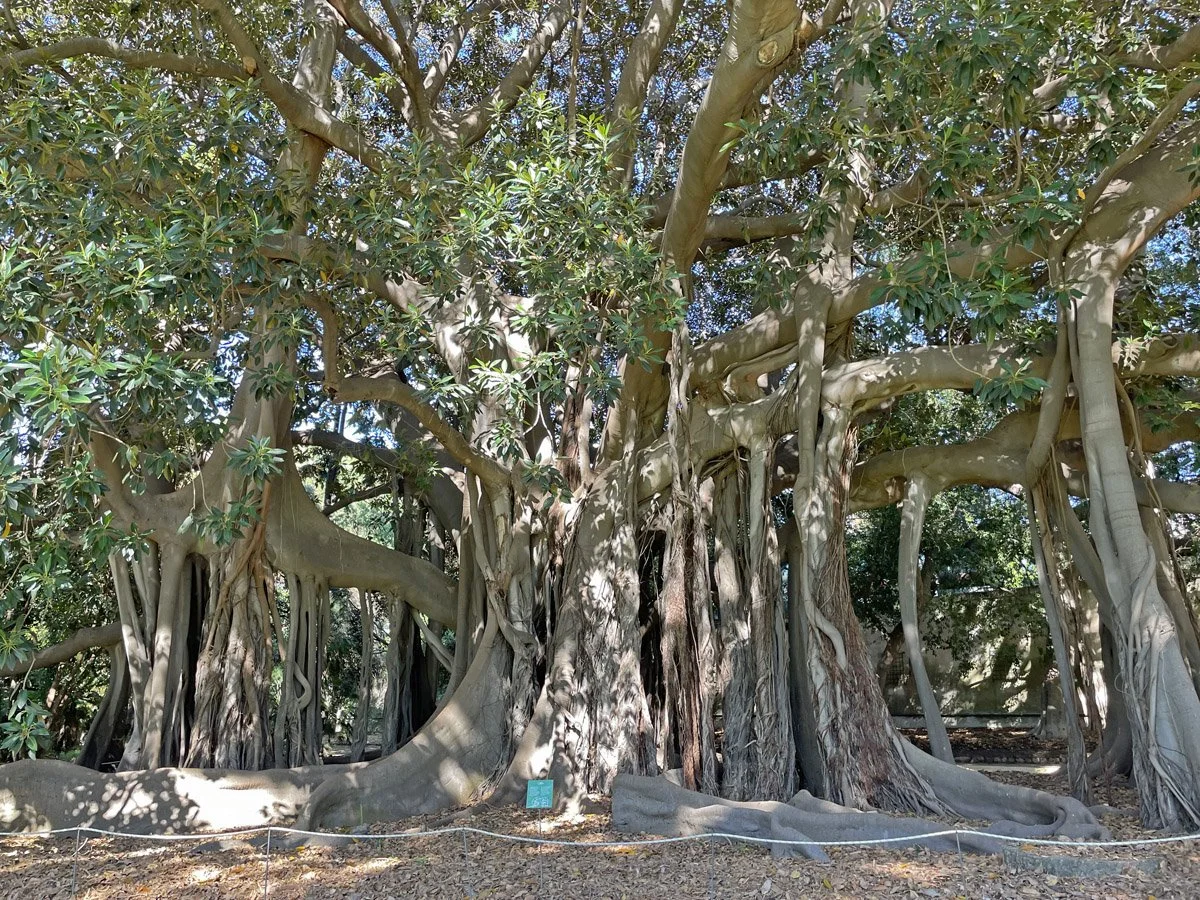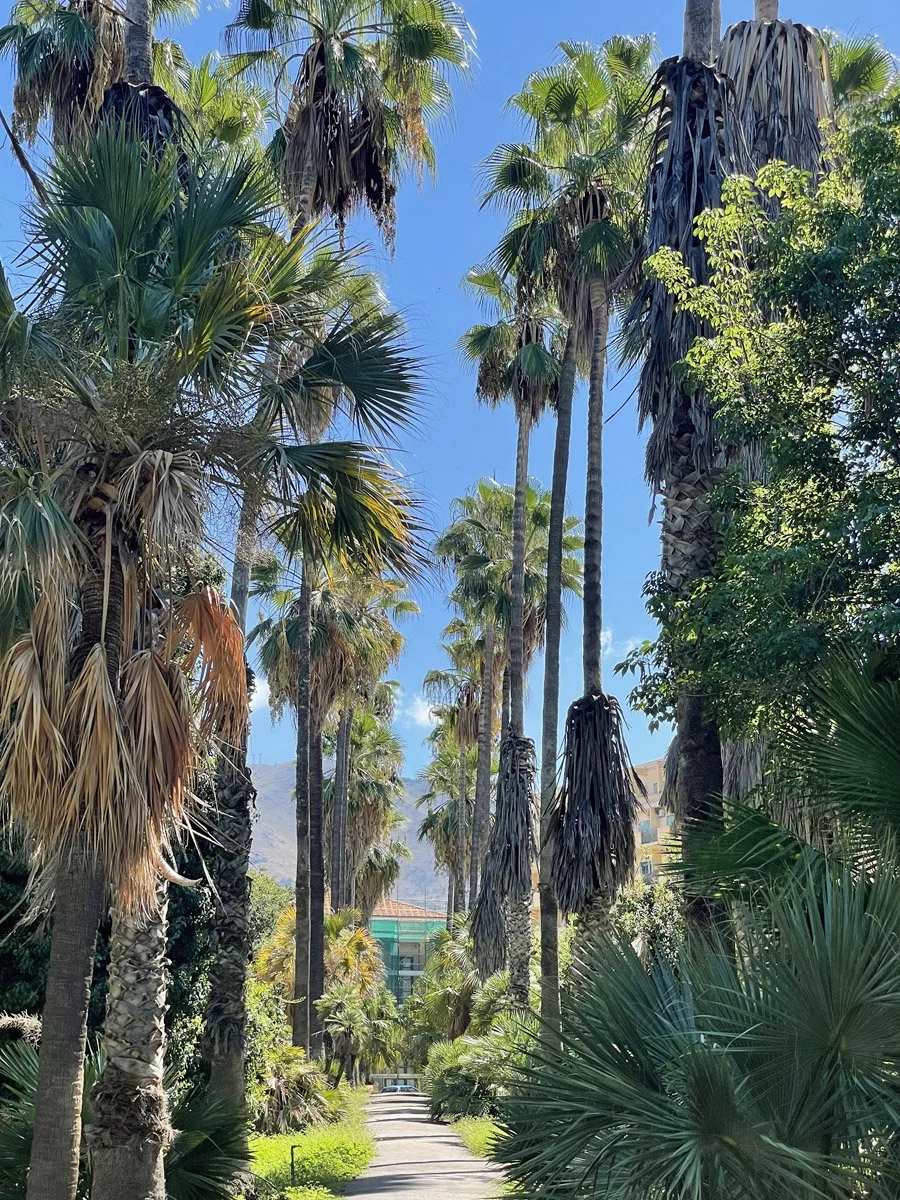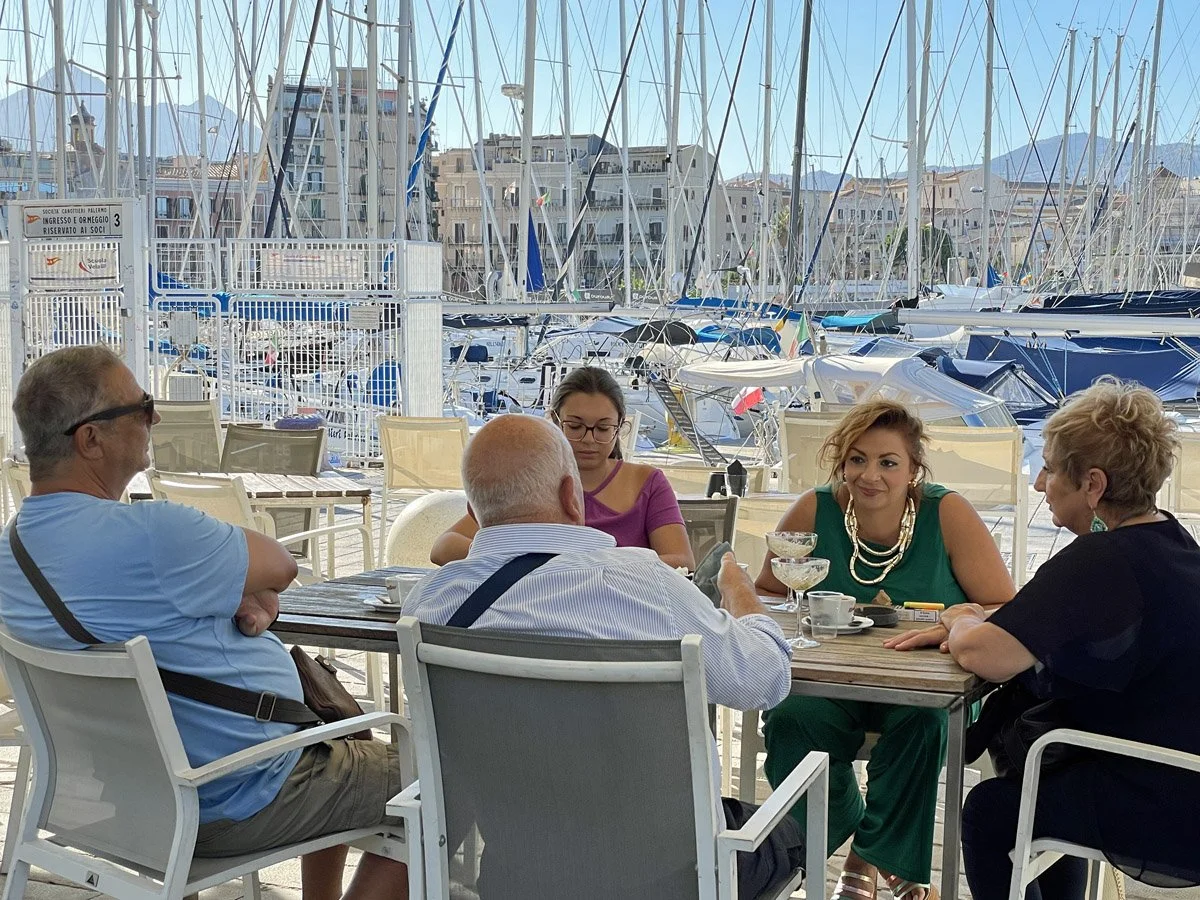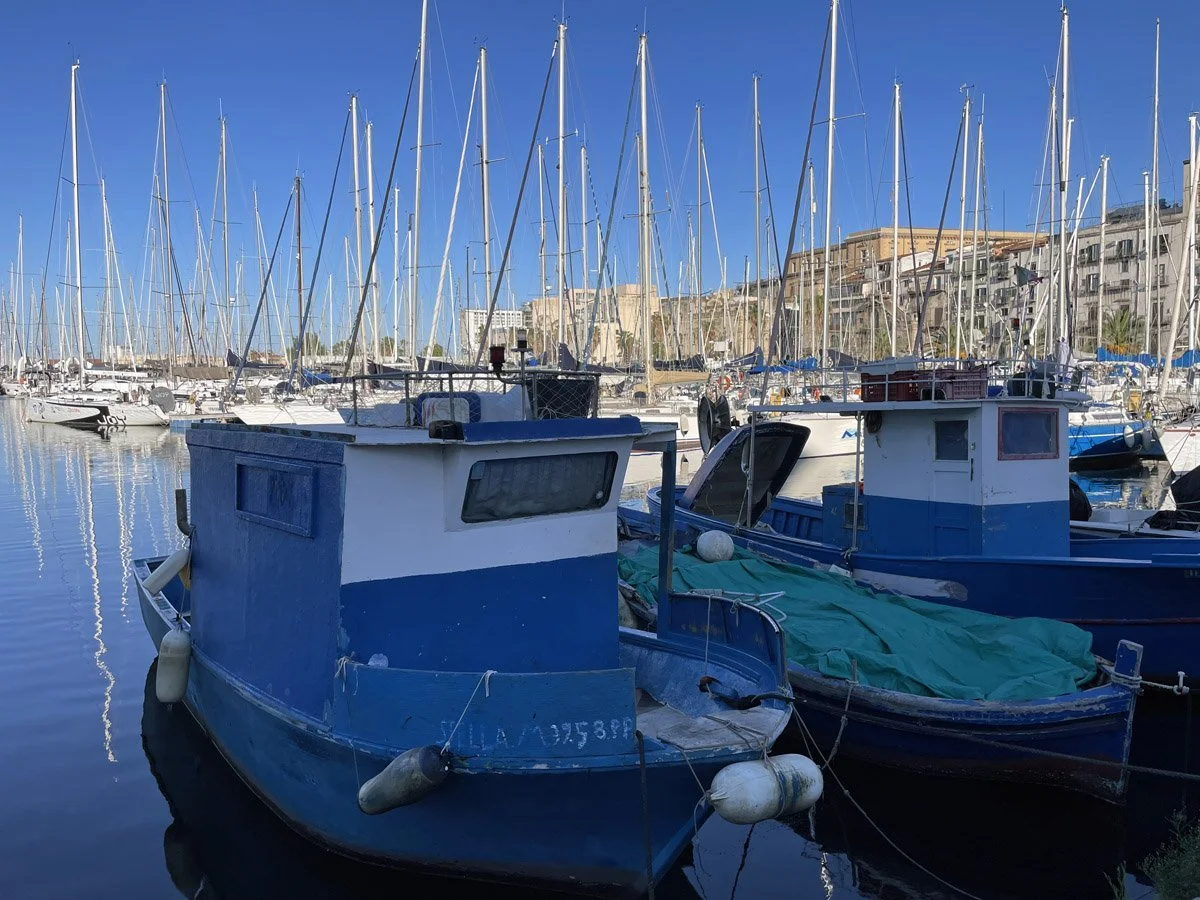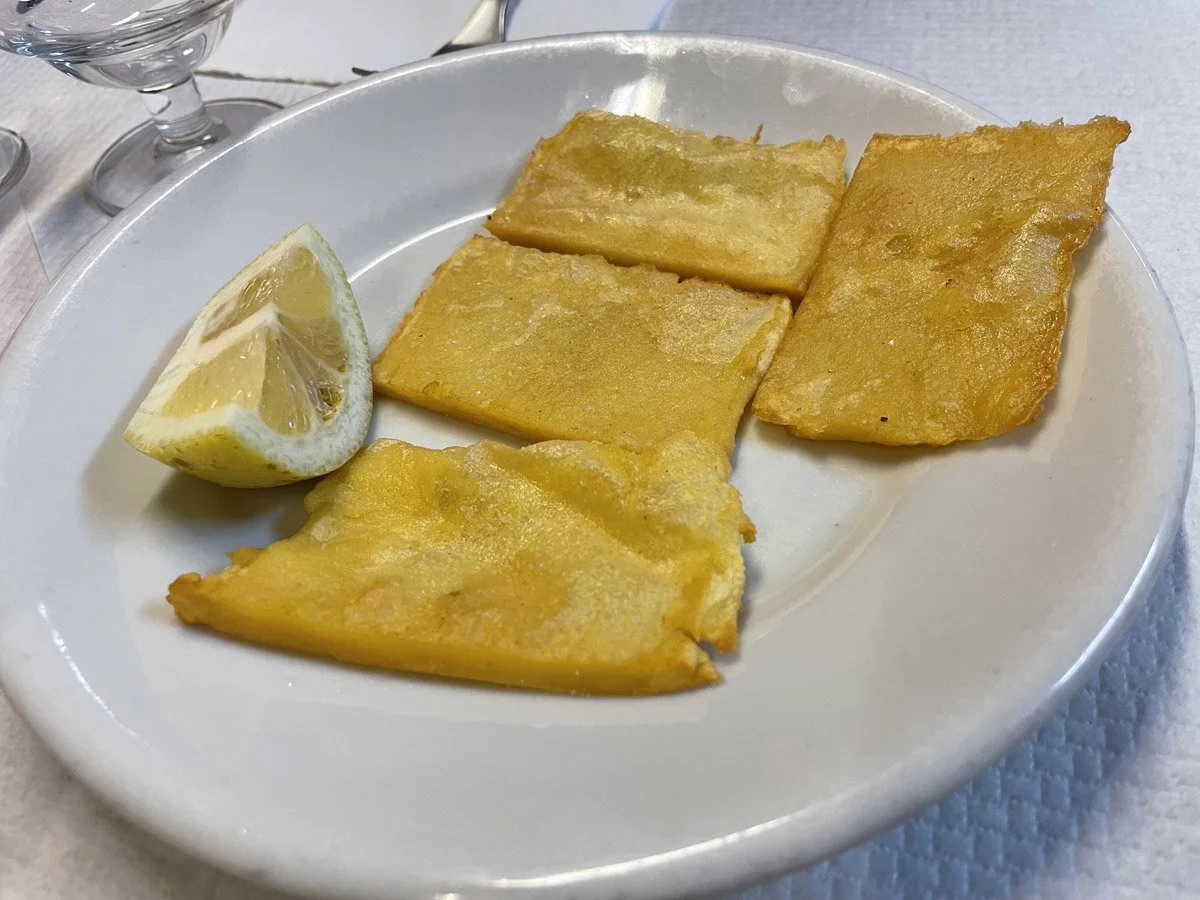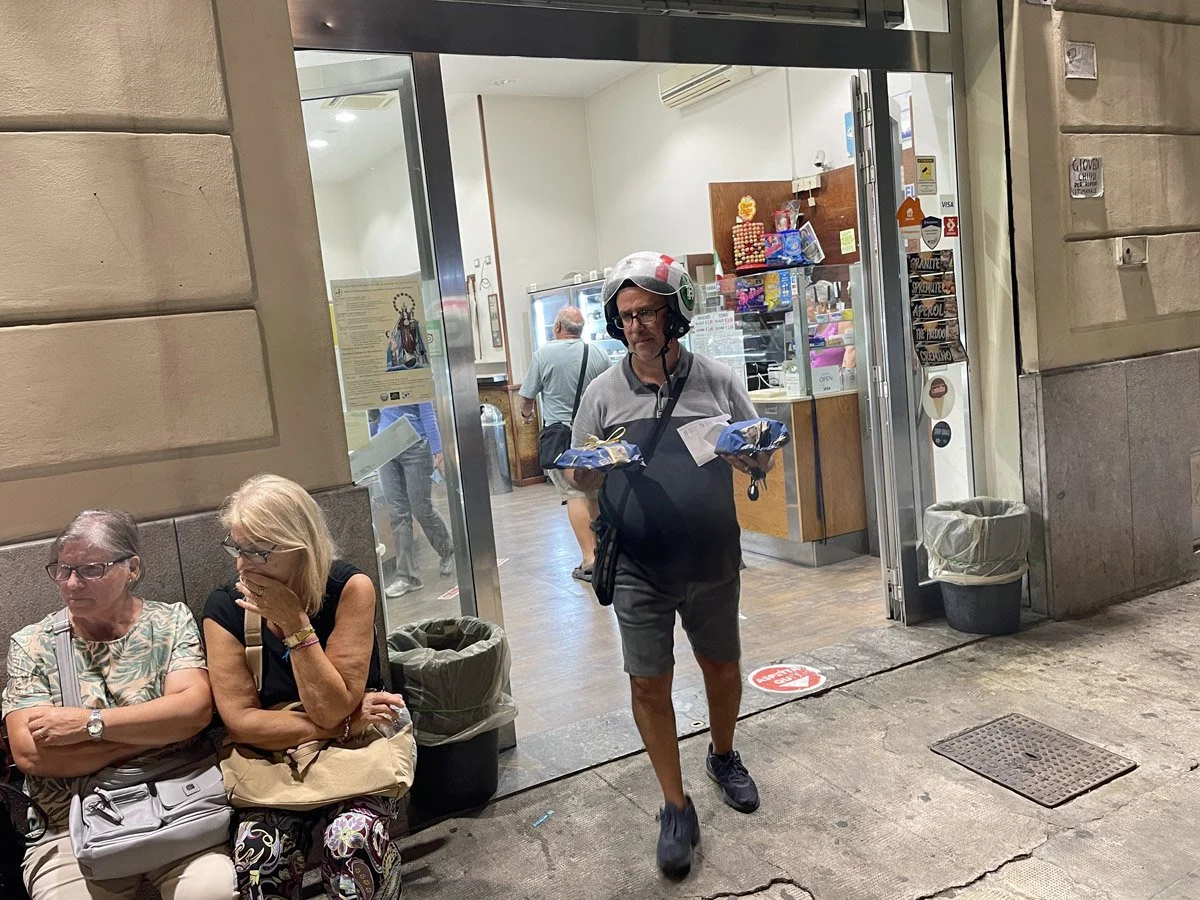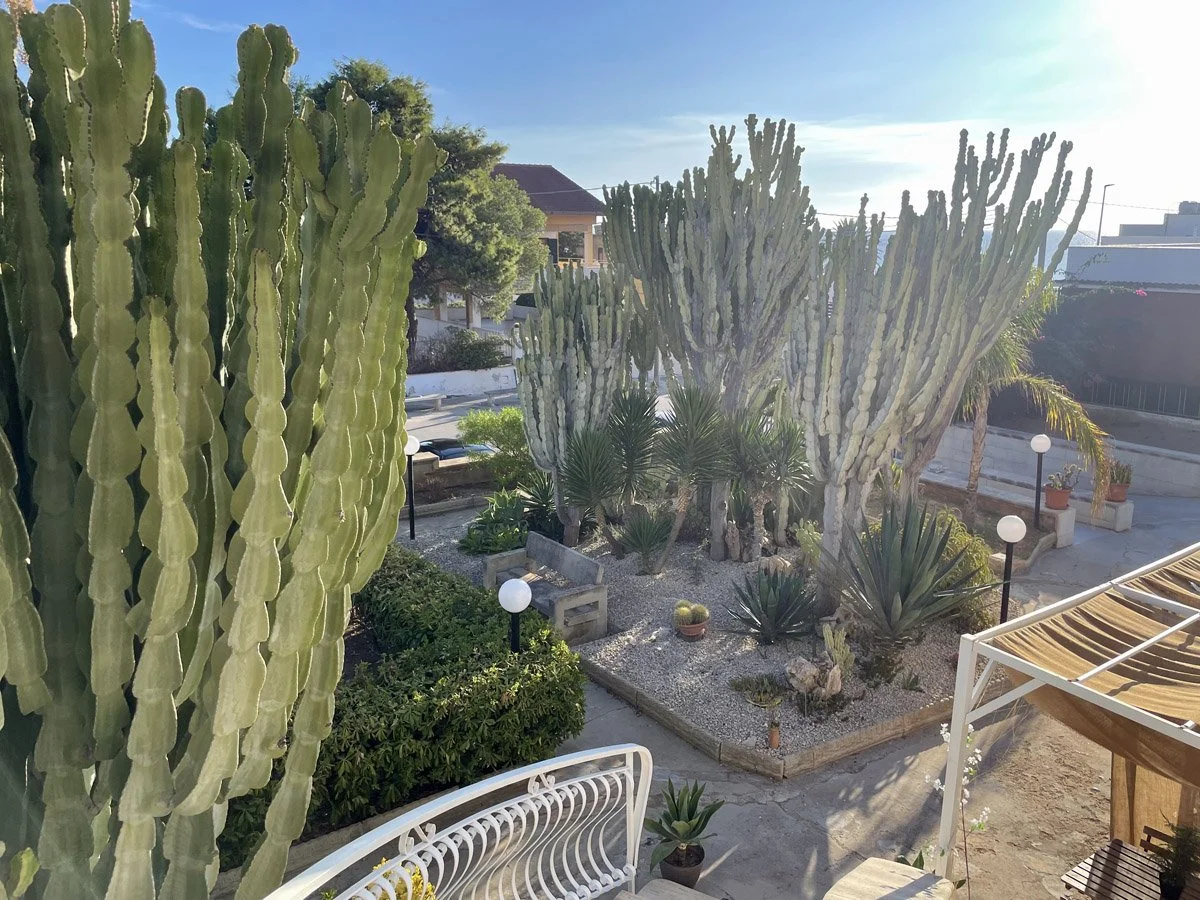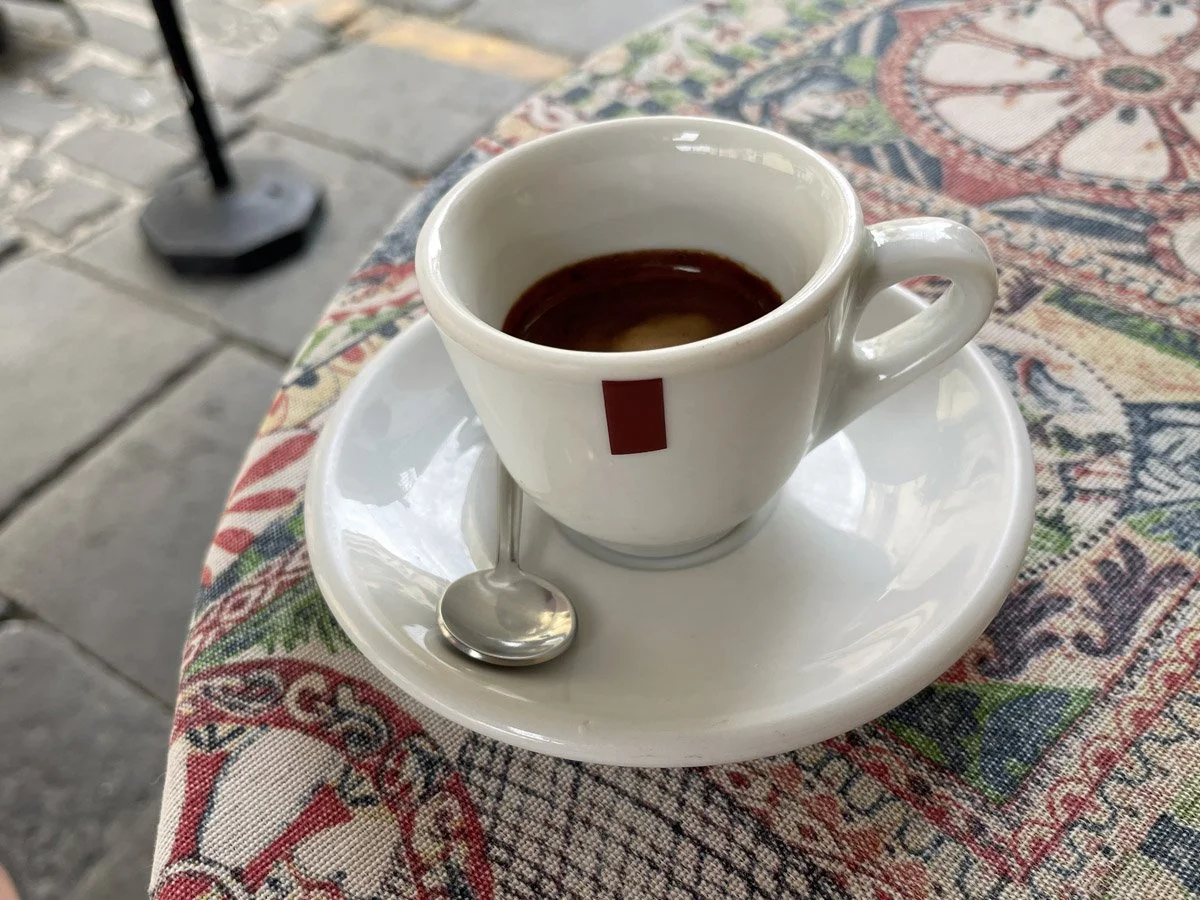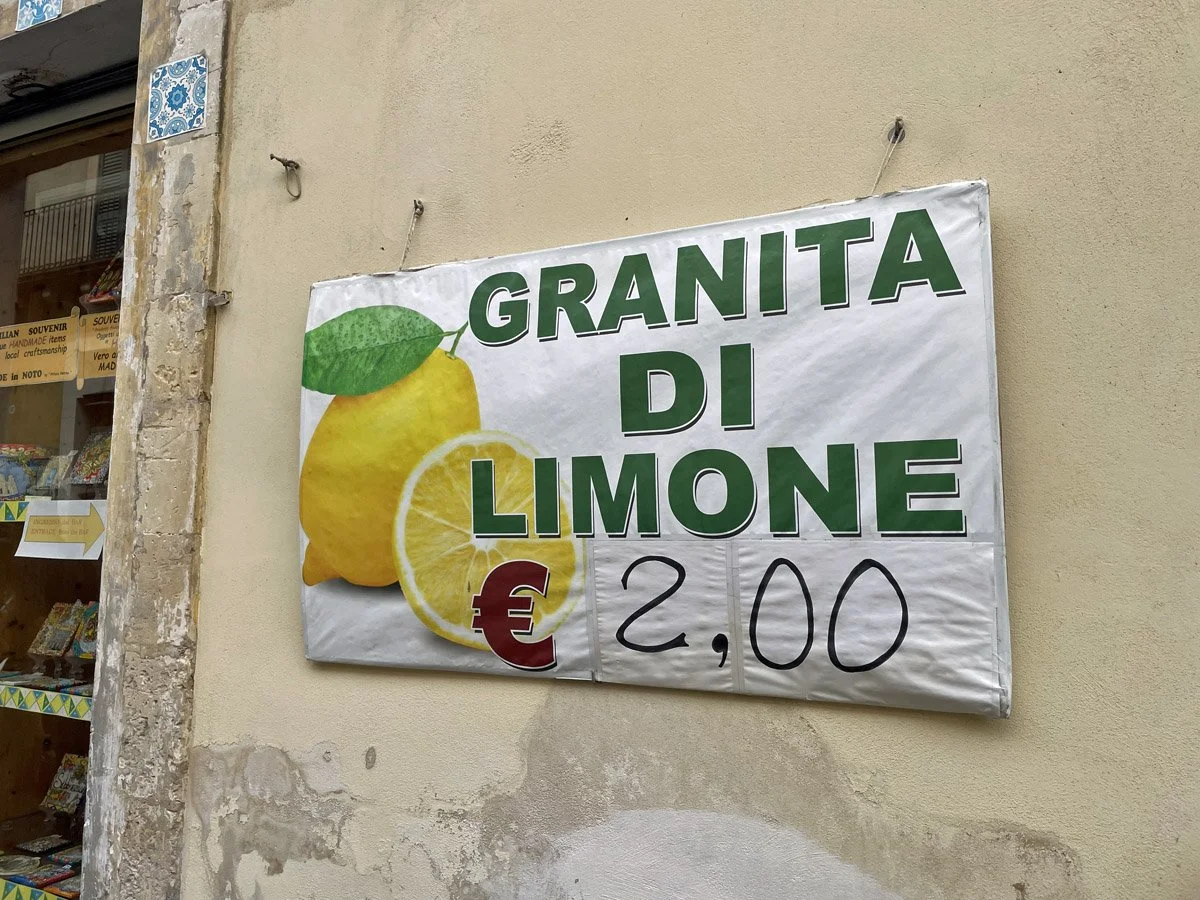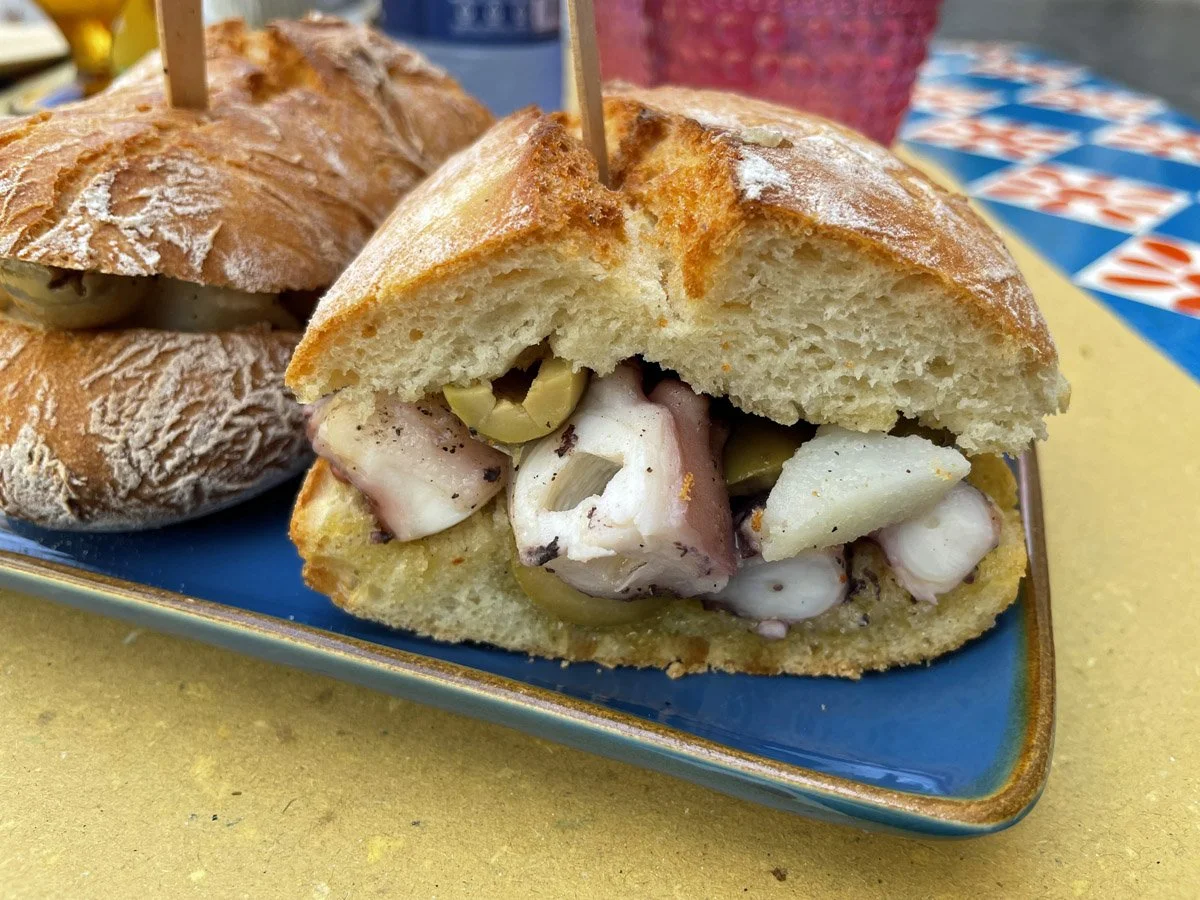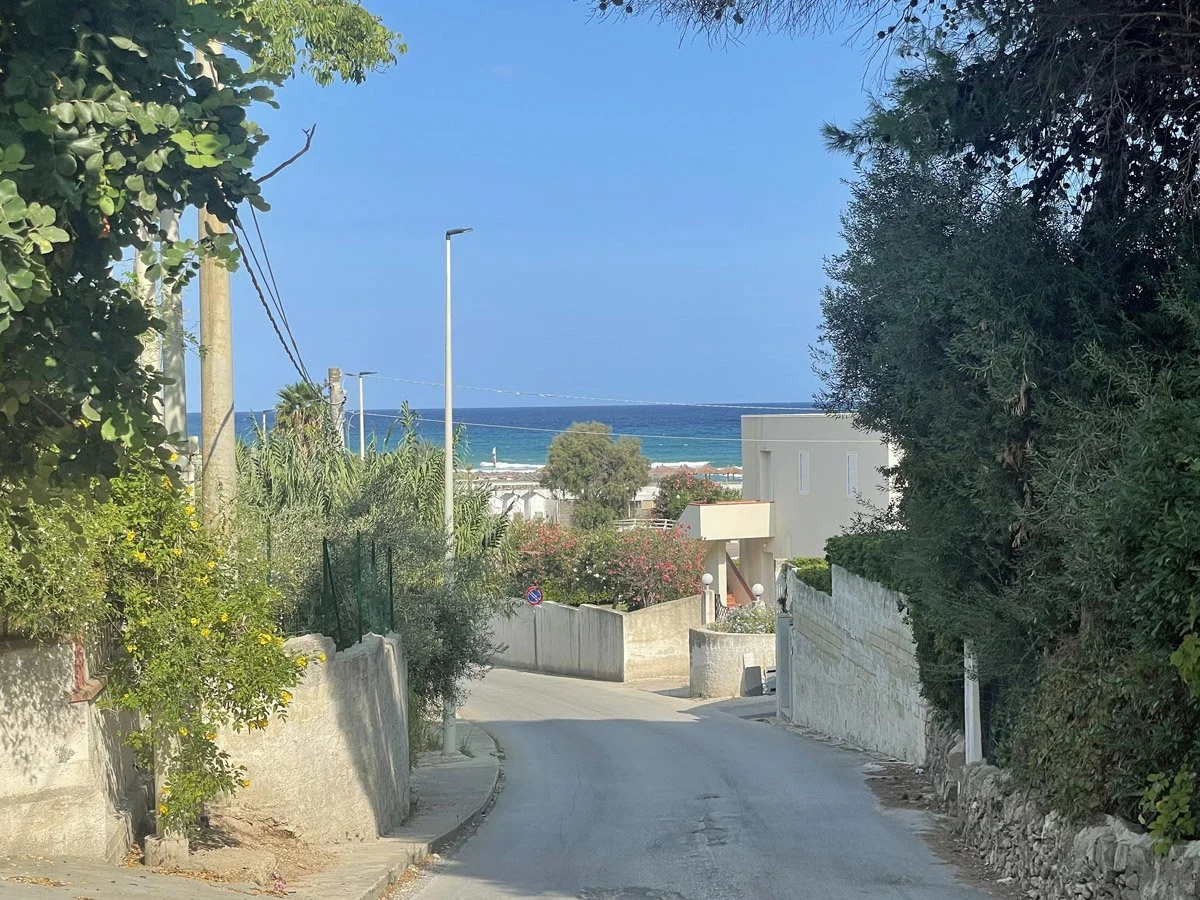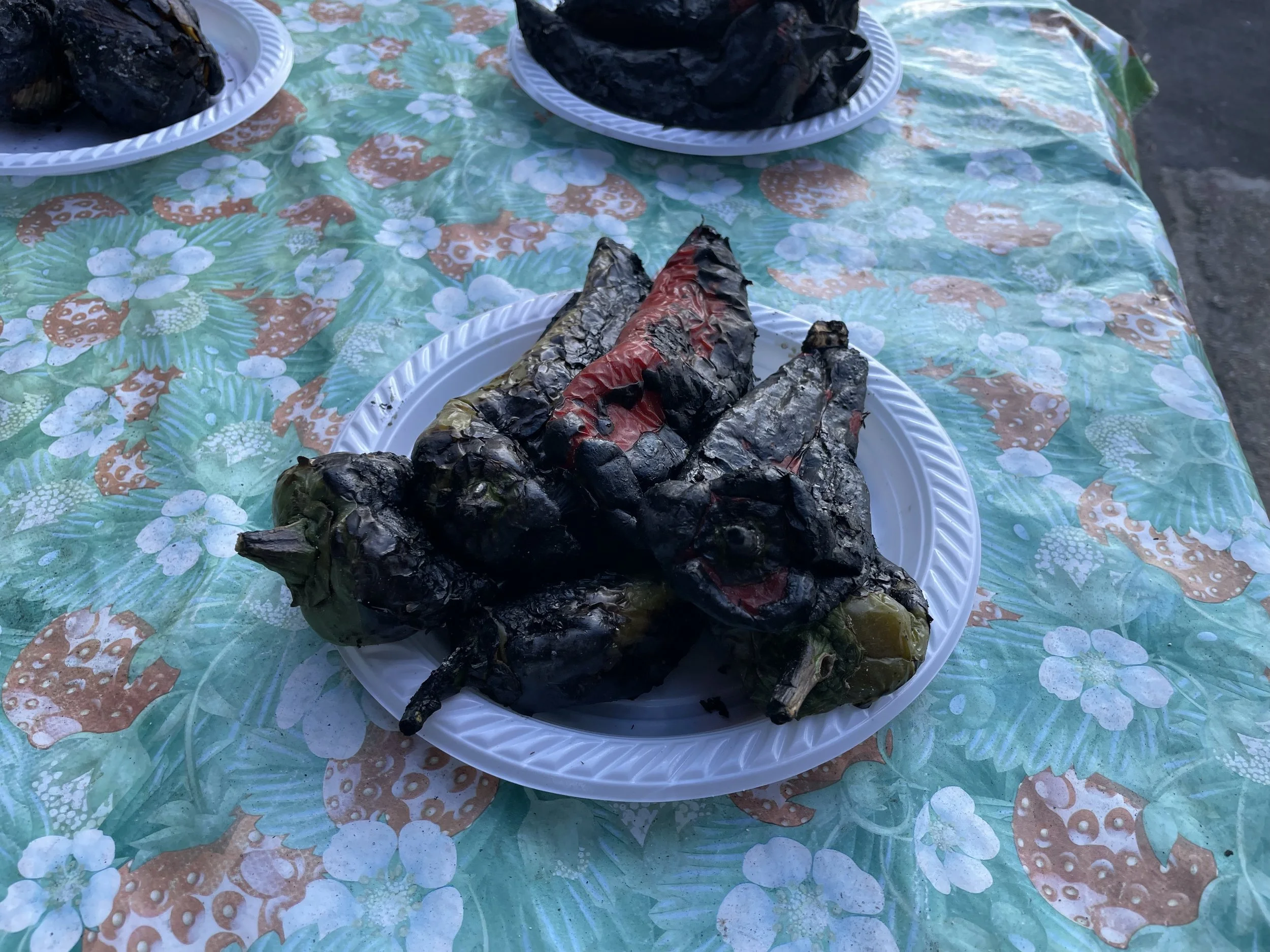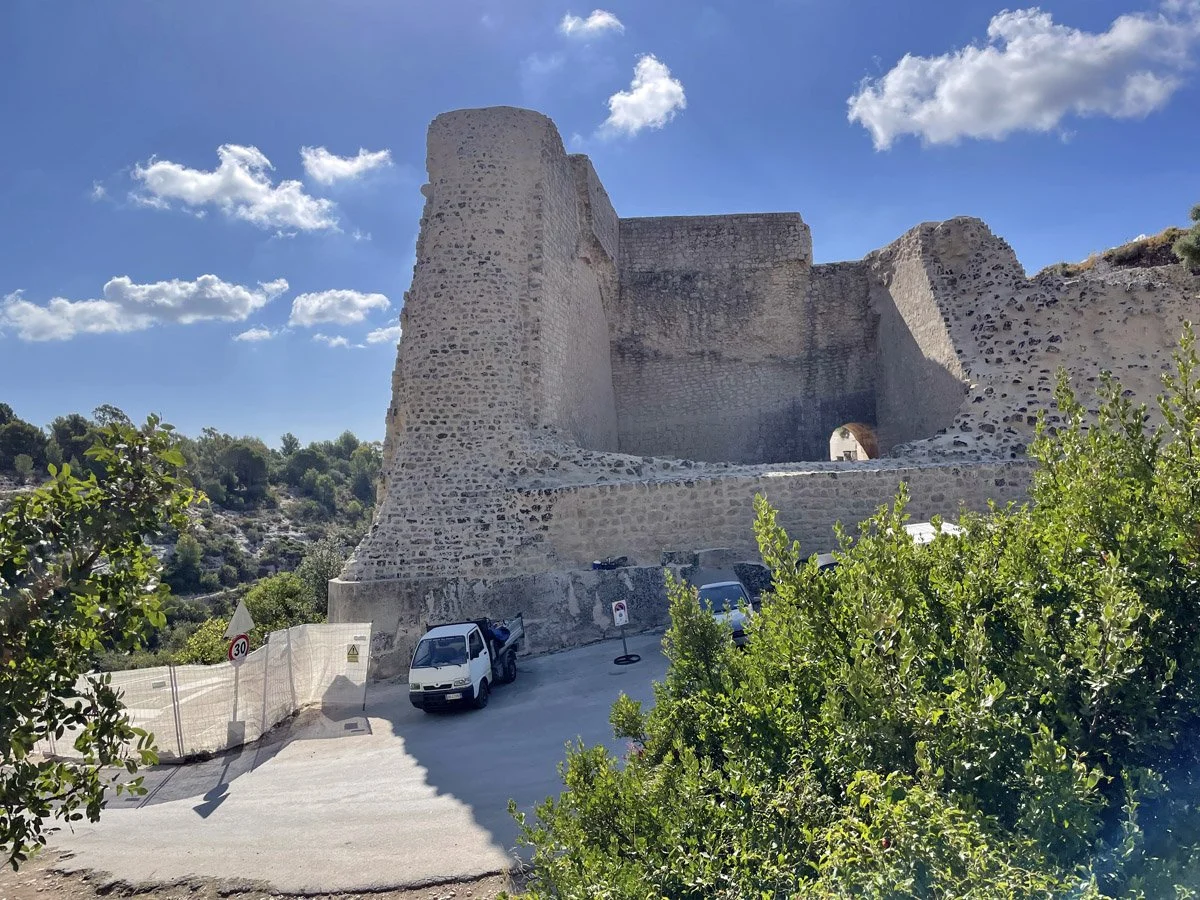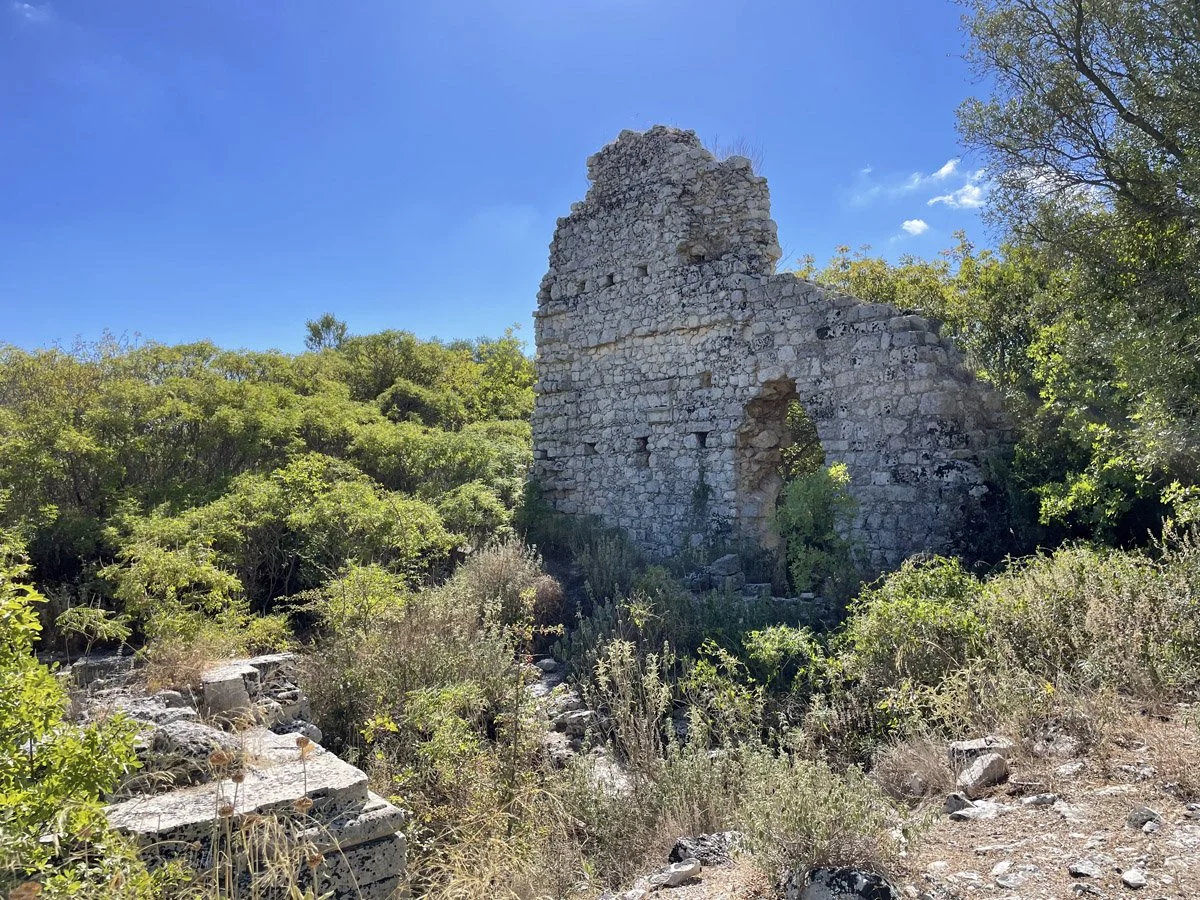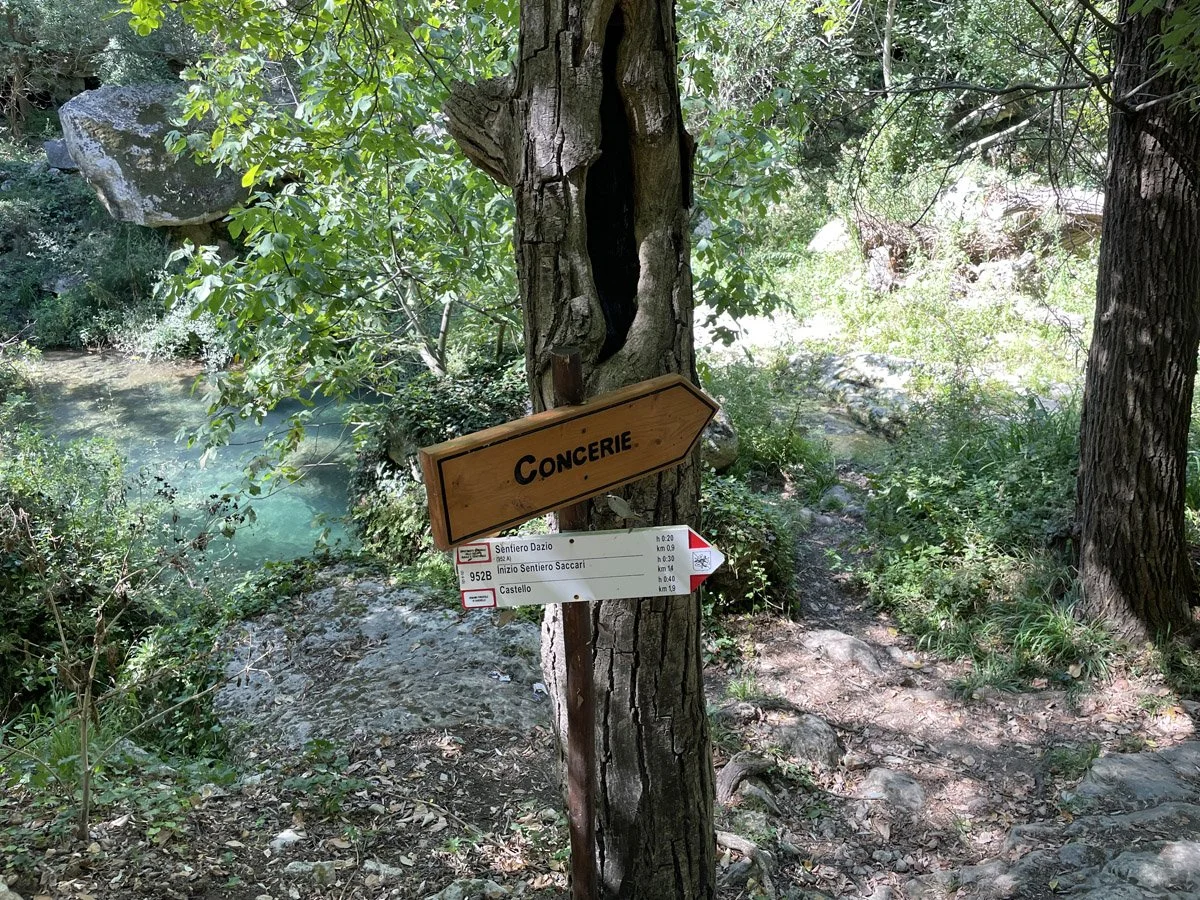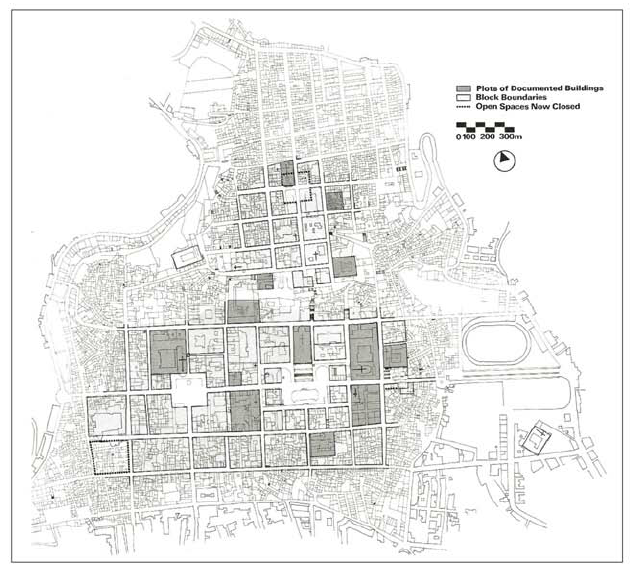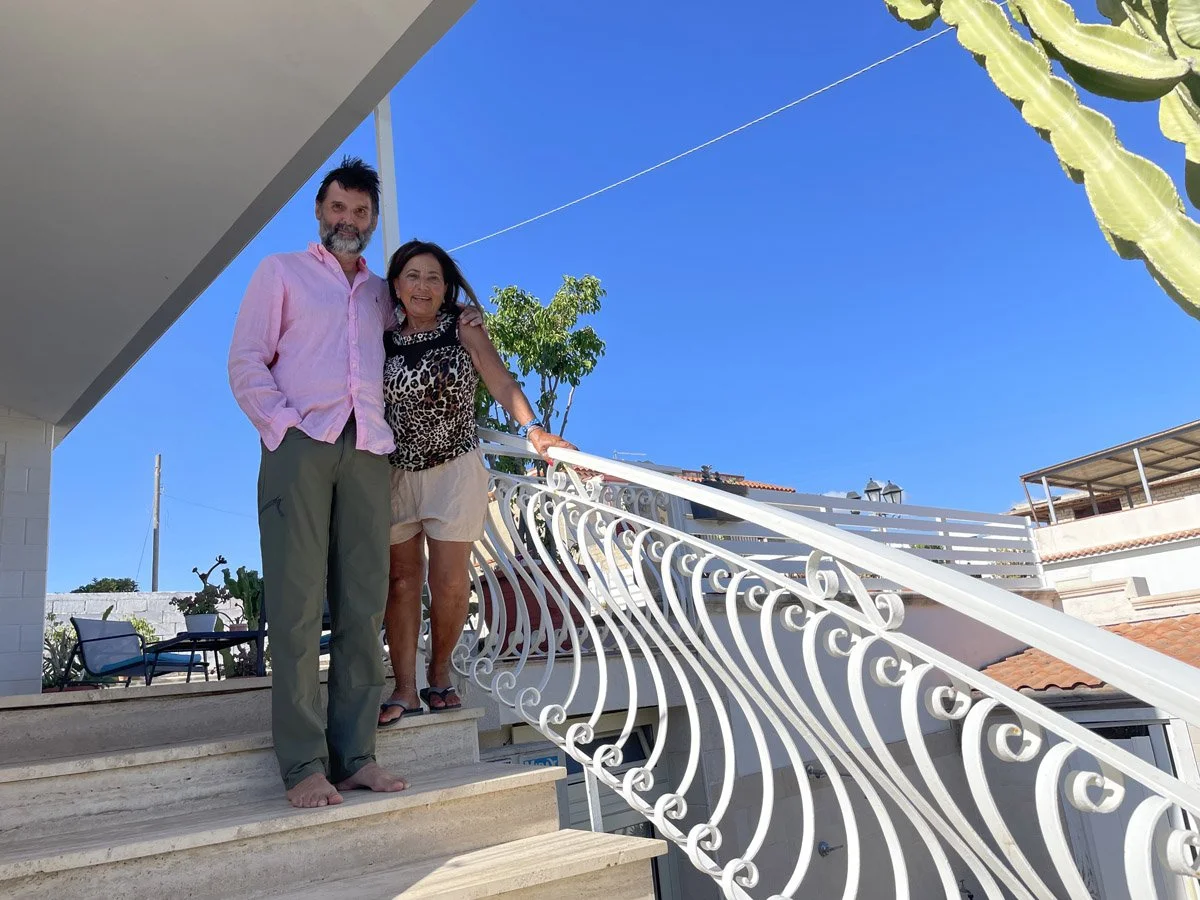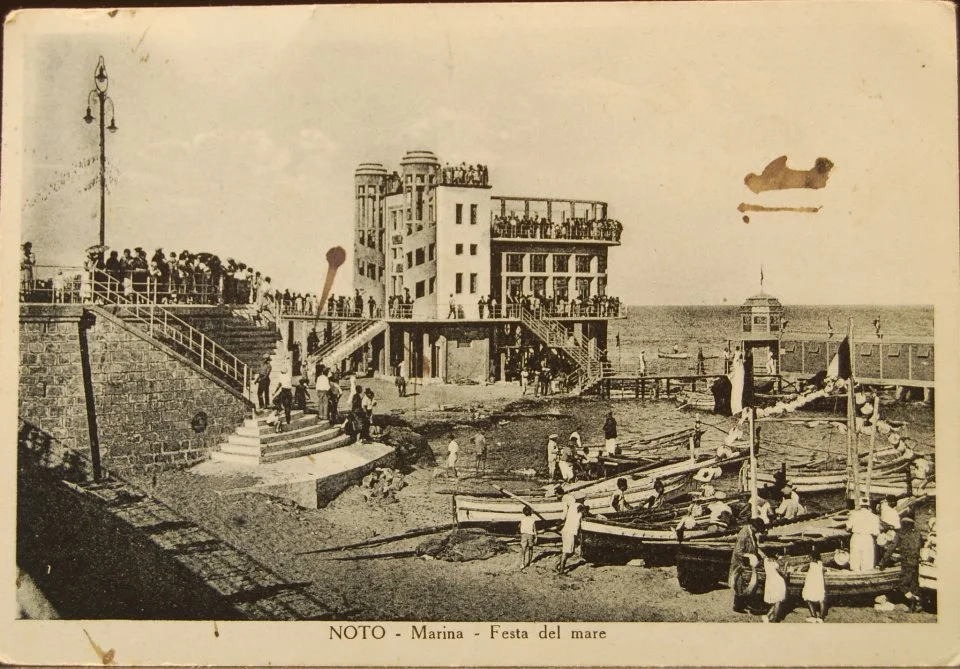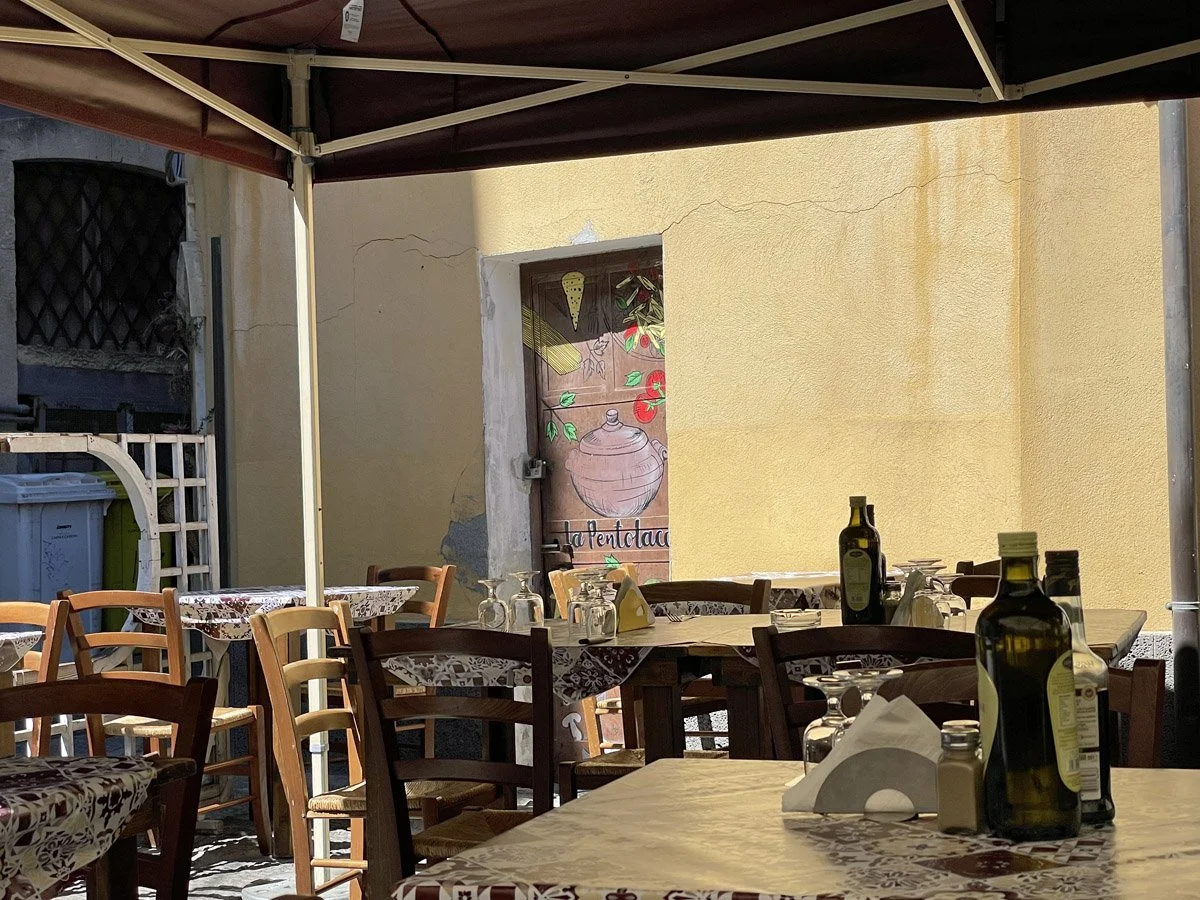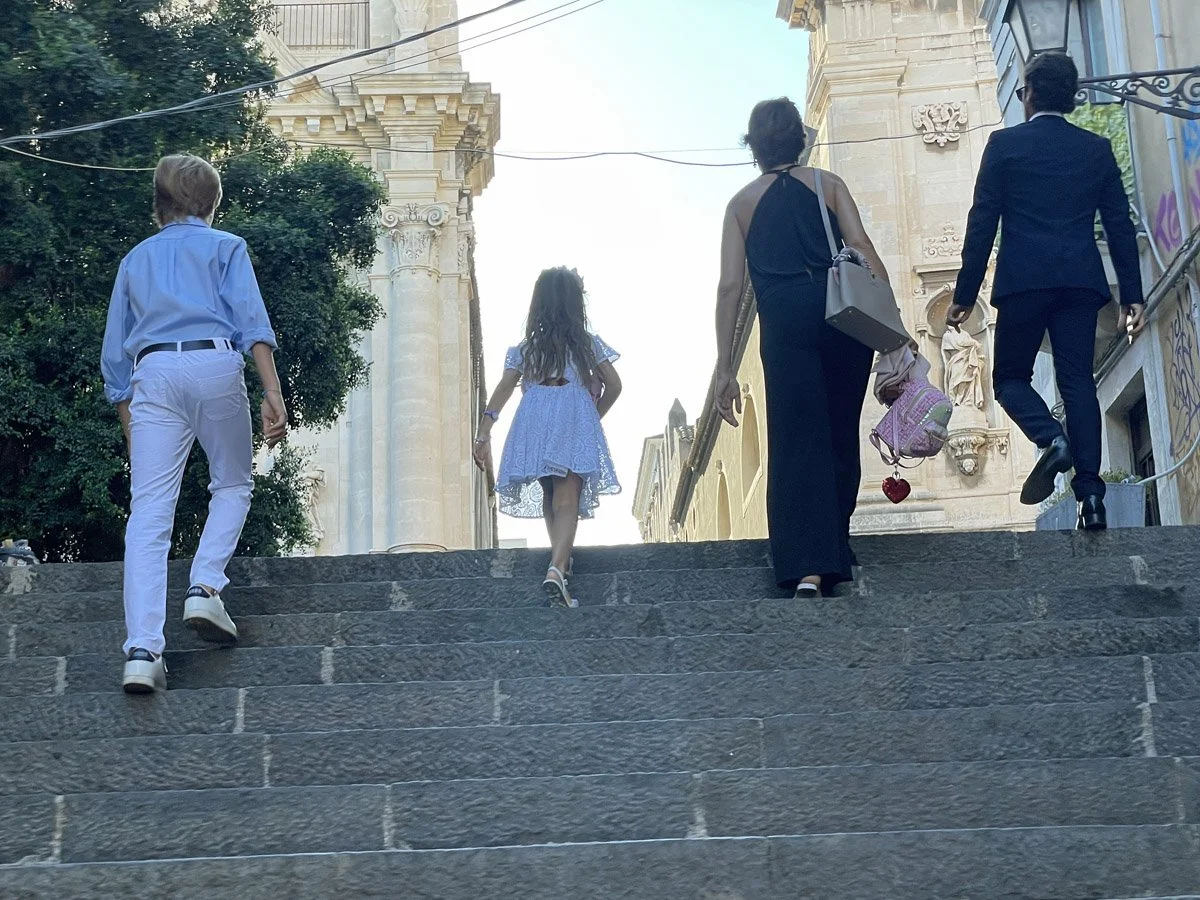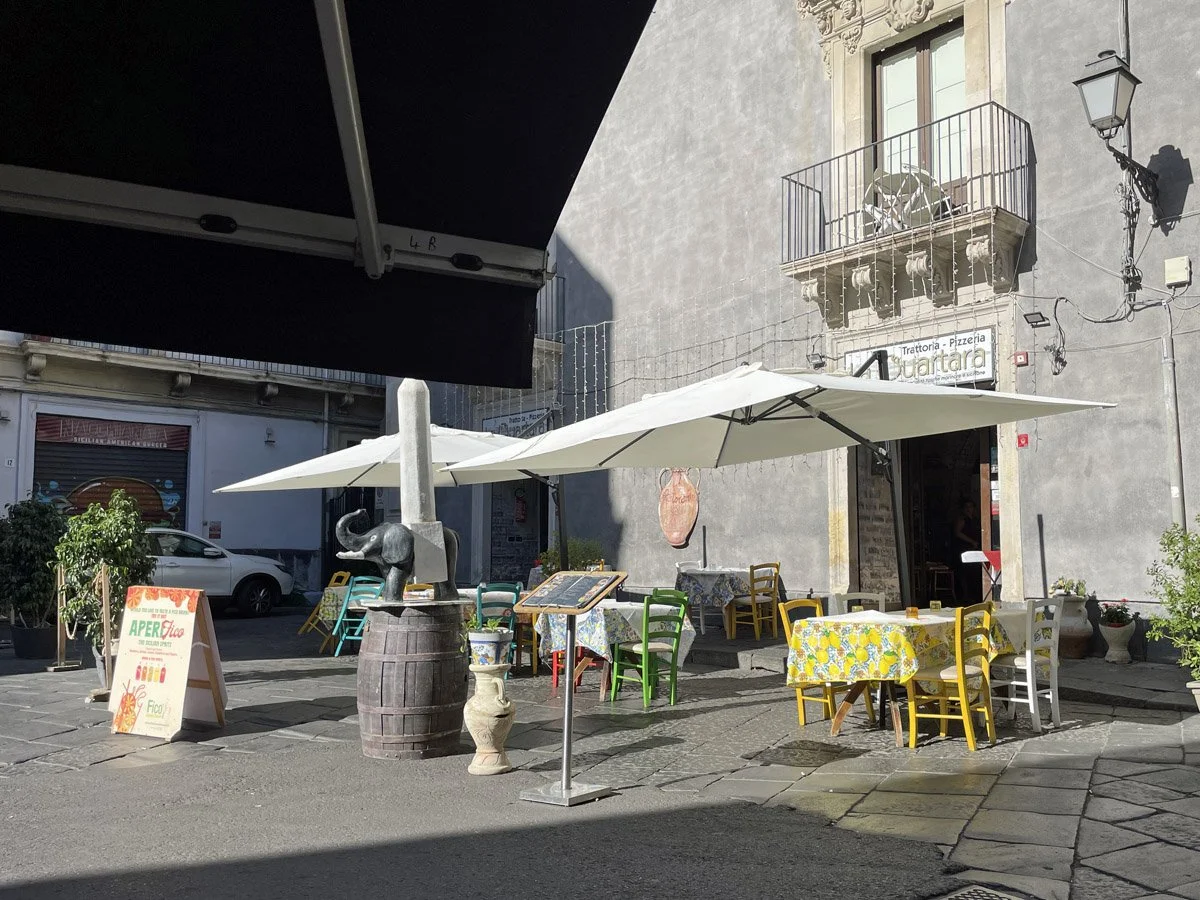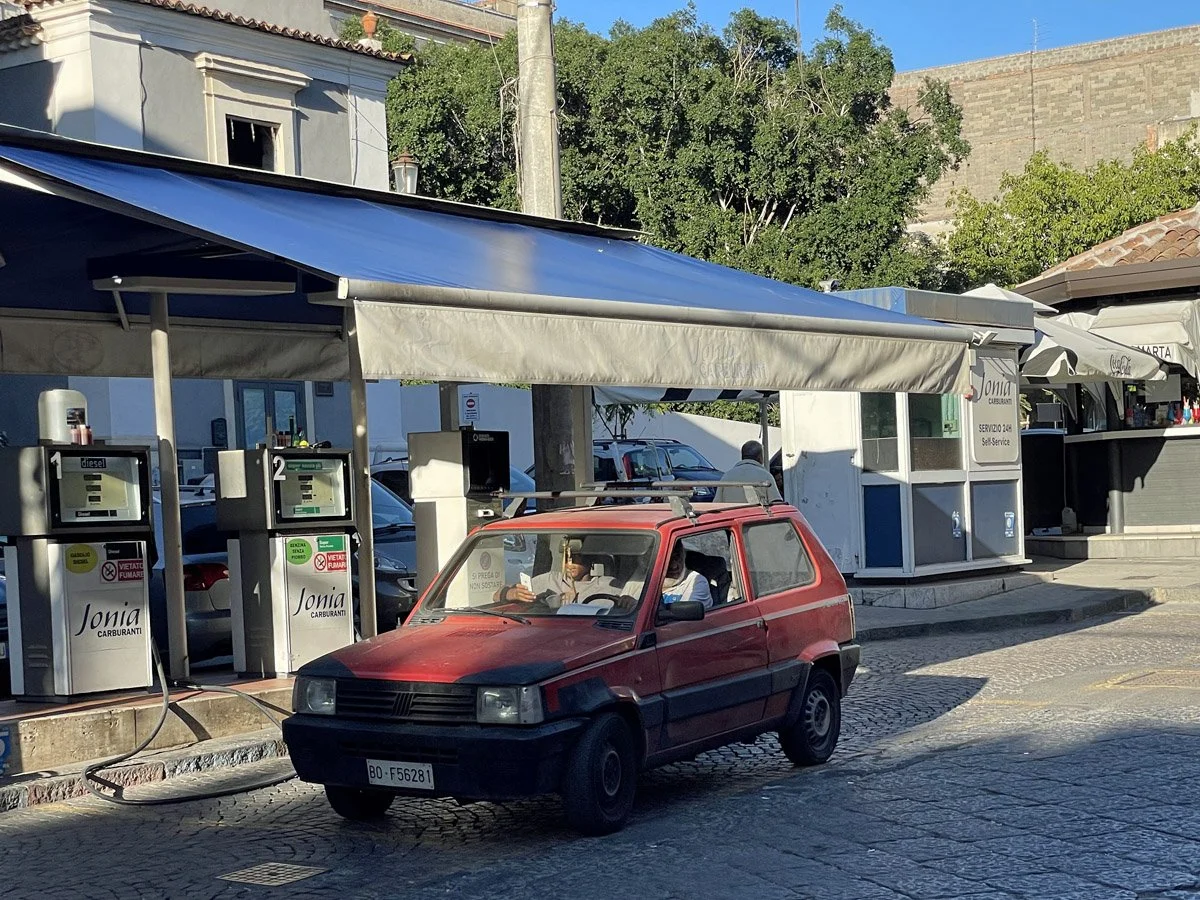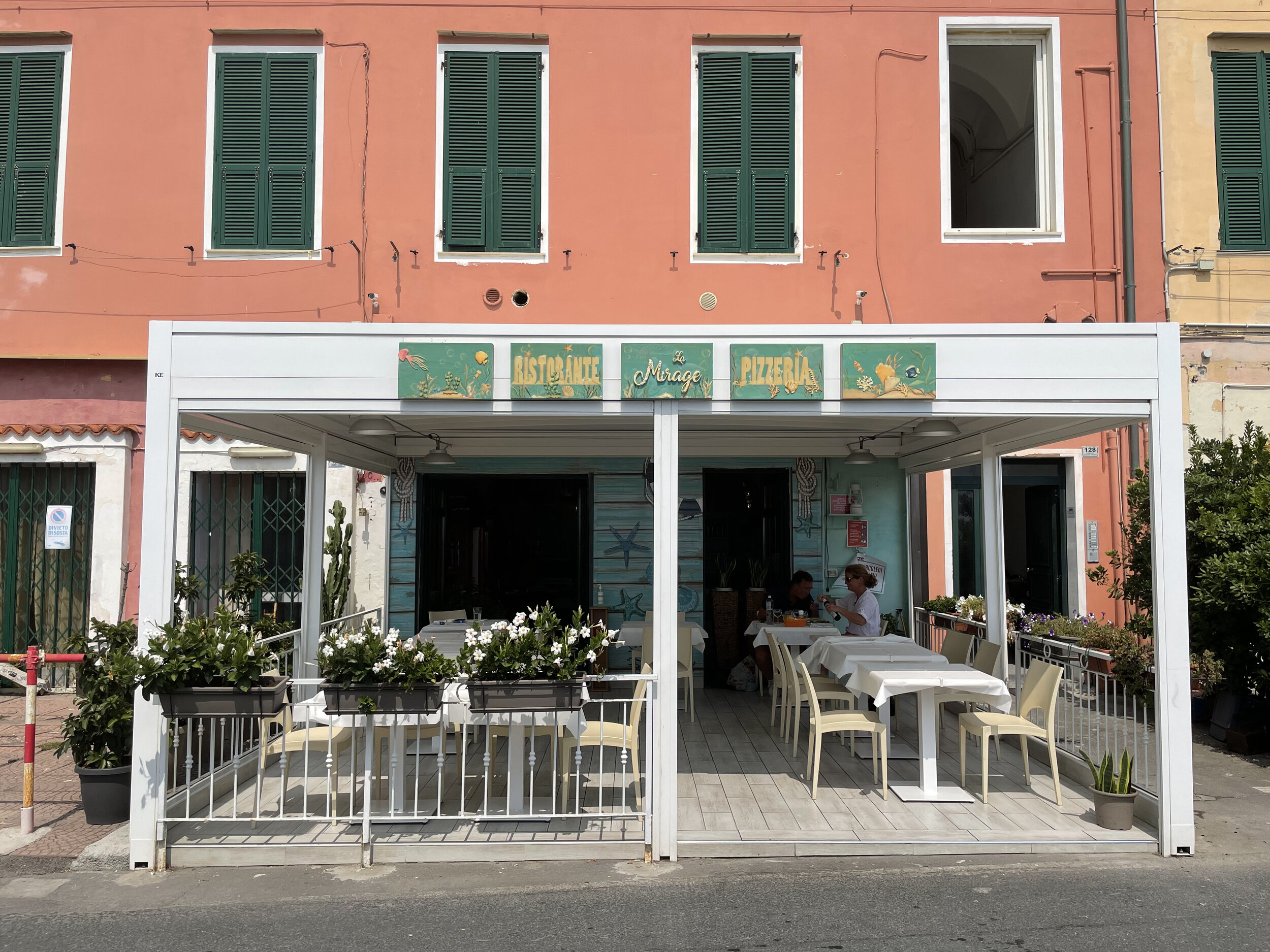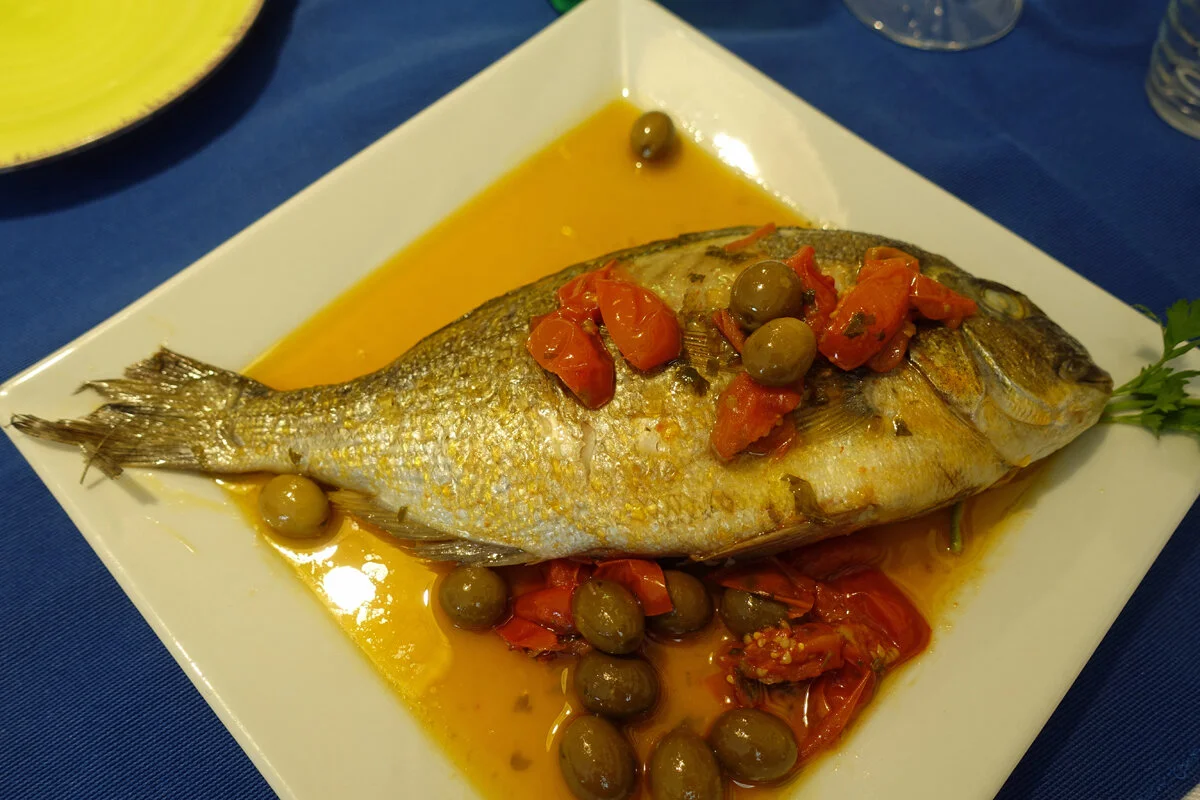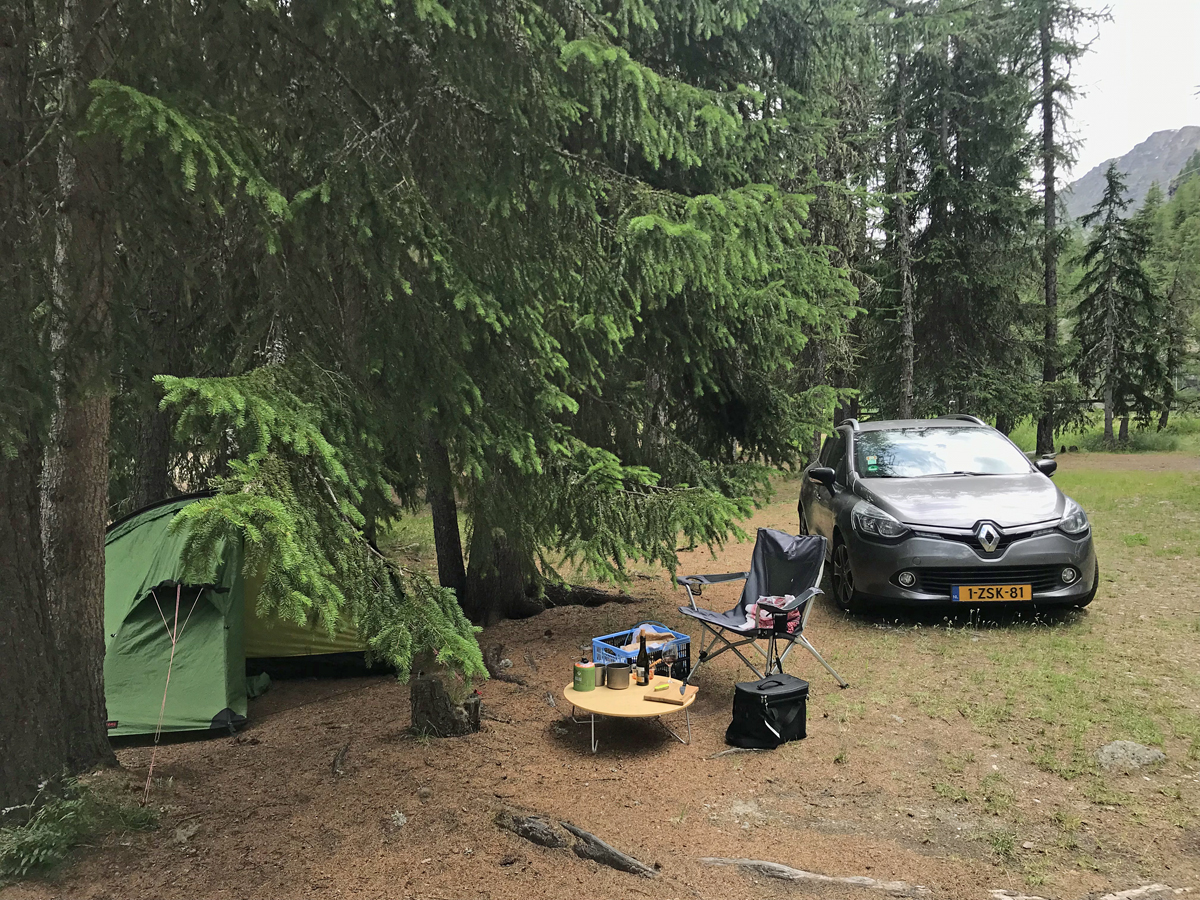Napoli, contorni e dintorni
What is the first thing you do in Napoli? Order a caffè in the first bar down the street from your hotel, of course. The ritual is simple, yet feels like a rite de passage that allows you to become part of the city.
I had entertained the idea of visiting Sicily via Napoli for a couple of years. Pietro Nullamento, my neighbour in Amsterdam, was born in Napoli and migrated to the Netherlands in the 1970s. I helped him deal with Dutch authorities and utility companies because he never became fluent in Dutch. I liked his Neapolitan temper and hospitality. Sometimes he would open the door with a Caesar-style salute, stretching his arm out. Politically, he had sympathy for the communists.
His son Marco was always absent. One day he visited Pietro, borrowed his credit card, and then disappeared again, leaving Pietro with a huge debt. Pietro had to take out a bank loan at a lower interest rate, and for several years I had to schedule his monthly payments in the online banking system. I remember Pietro’s relief when he finally became debt-free. I even vowed I would hit Marco in the face if I ever met him.
An article in NRC explained that Marco had been homeless since the age of 27 and had struggled with a gambling addiction his entire adult life. Shortly after Pietro passed away, Marco took his own life in 2024 at the age of 43.
Visiting Napoli was a small hommage to Pietro who, despite being working class, was always proud of Italy’s great thinkers and writers — from Niccolò Machiavelli to Dante Alighieri.
“Napule è nu sole amaro - Naples is a bitter sun
Napule è addore ’e mare - Naples is the smell of the sea
Napule è ’na carta sporca - Naples is a dirty piece of paper
E nisciuno se n’importa - And no one cares
E ognuno aspetta ’a ciorta - And everyone waits for fate”
Aperitivo
Certainly a moment I had anticipated for months: my first aperitivo in Napoli, another cultural ritual, the transition from day to evening. I found a place on Via Vergini in the neighborhood of Rione Sanità, once filled with noble palaces and baroque churches, now a working-class district. I watched the scooters drive by. Some children must have been born on a scooter; otherwise I cannot explain how well they balanced on the backseat or stood between the driver’s legs.
Antica Cantina Sepe
Via Vergini, 55, 80137 Napoli
Negroni sbagliato
In the 1950s, a large number of Italian guest workers came to the Netherlands—especially to Amsterdam and the working-class neighborhood of the Jordaan. The music inspired many artists from the Jordaan. When I hear this Neapolitan singer, I immediately think of singer André Hazes.
50 meters below ground
The city put a lot of effort into the metro stations. Some are quite magical. Toledo station opened in 2012. It was designed by the Spanish architect Óscar Tusquets Blanca in collaboration with artist William Kentridge. The water hall is covered in blue mosaics that create the sensation of being under the sea. Toledo lies 50 meters below Naples, making it one of the city’s deepest metro stations — though not as deep as Arsenalna on the Kyiv Metro in Ukraine, which is about 105 meters underground.
Pizzeria Pellone
Via Nazionale, 93, 80143 Napoli
In Napoli you don’t drink wine with pizza — Napoletani order beer. Pizzeria Pellone reminded me most of a German beer hall, with the same utilitarian atmosphere. This is not fine dining. Coincidentally, the draft beer served at Pizzeria Pellone is Helles from the Auerbräu Brauerei.
The classic: Margherita. Ingredients: pomodoro, fior di latte, formaggio, olio d’oliva e basilico. The cheese is fior di latte, which is made of cow’s milk and melts with less moisture compared to mozzarella di buffala.
Domenica 14 settembre
Having worked during the summer months an average of almost ten hours a day I couldn’t wake up early on the first day in Napoli. I had breakfast at 10:30 am, the classic: cappuccino and a pistachio cream filled cornetto. Simple, satisfying.
The metro station Chiaia is layered according to Roman mythological gods. When you get off the train hundreds of eyes stare at you from the ceiling: the red eyes of Pluto, god of the dead and the king of the underworld. When moving up the stairs of escalators you move through the layer of Proserpina, Queen of the Underworld, then the green of Ceres, next Il blu profound del mare of Neptunes, and finally the sky white and blue of Jupiter, just below the exit.
Leaving the metro station Chiaia you are indeed quite close to the seafront. I love how Italians make most of any tiny piece of access to the sea. I’d left my Speedo in my bag, so I had to wait until Sicily to submerge myself in the warm water.
Il blu profound del mare
Castel dell'Ovo
The Castel dell’Ovo was closed for renovation, but the small peninsula was still accessible, with a little marina and a few spots for aperitivo. The castle was named “Castel dell’Ovo” (“Castle of the Egg”) in medieval times, though it is much older. The Romans built a villa on the island in the 1st century BCE. During the Byzantine Empire, the site became a fortress, and in the 12th century the Normans turned it into a royal palace for the kings of Sicily.
I ordered a Campari Spritz just a stone’s throw from the yachts. I love its amaro taste and find an Aperol Spritz a bit too sweet for my liking.
Quartieri Spagnuoli
My ferry to Palermo was leaving at 8 p.m., so I didn’t have much time to explore the different neighborhoods of the city. I chose to visit the Quartieri Spagnoli (Spanish Barracks), which feels very much like a working-class district. A famous mural of Diego Maradona has turned into a full-blown place of pilgrimage.
Naples felt distinctly like a working-class city. Social mobility remains very low in southern Italy — in the more affluent northern provinces (like Milan), the probability of moving from the bottom 20% to the top 20% is estimated at 22%, while in some southern areas (such as Palermo), it drops below 6%.
Ristorante Amici Miei
Via Monte di Dio, 77/78, 80132 Napoli
I was almost too late for lunch at a typical Italian restaurant. It was supposed to close at 3 p.m. and reopen at 7:30 p.m., but they let me in just before closing. I settled for il piatto del giorno — pasta with slow-simmered onions and meat. It was a simple dish; the piece of meat was no more than 50 grams, but the flavor of the onions was amazing, especially paired with a glass of red wine.
The GNV ferry to Palermo takes about 11 hours. The 214-meter-long GNV Sirio, built in 2004, joined the GNV fleet in 2024. Deck 5 has 258 cabins, and I stayed in a four-berth cabin. On Deck 7 are the second-class seats.
When the Sirio left Napoli it was already dark, so I spent some time in the bar on Deck 6 before heading to bed. I had a small argument in the restaurant when they charged me twice for the same bottle of wine I’d bought earlier at the bar, but the manager resolved it by giving me another bottle instead of a refund.
Before going to sleep, I memorized the escape route to the upper decks in case of an emergency.







